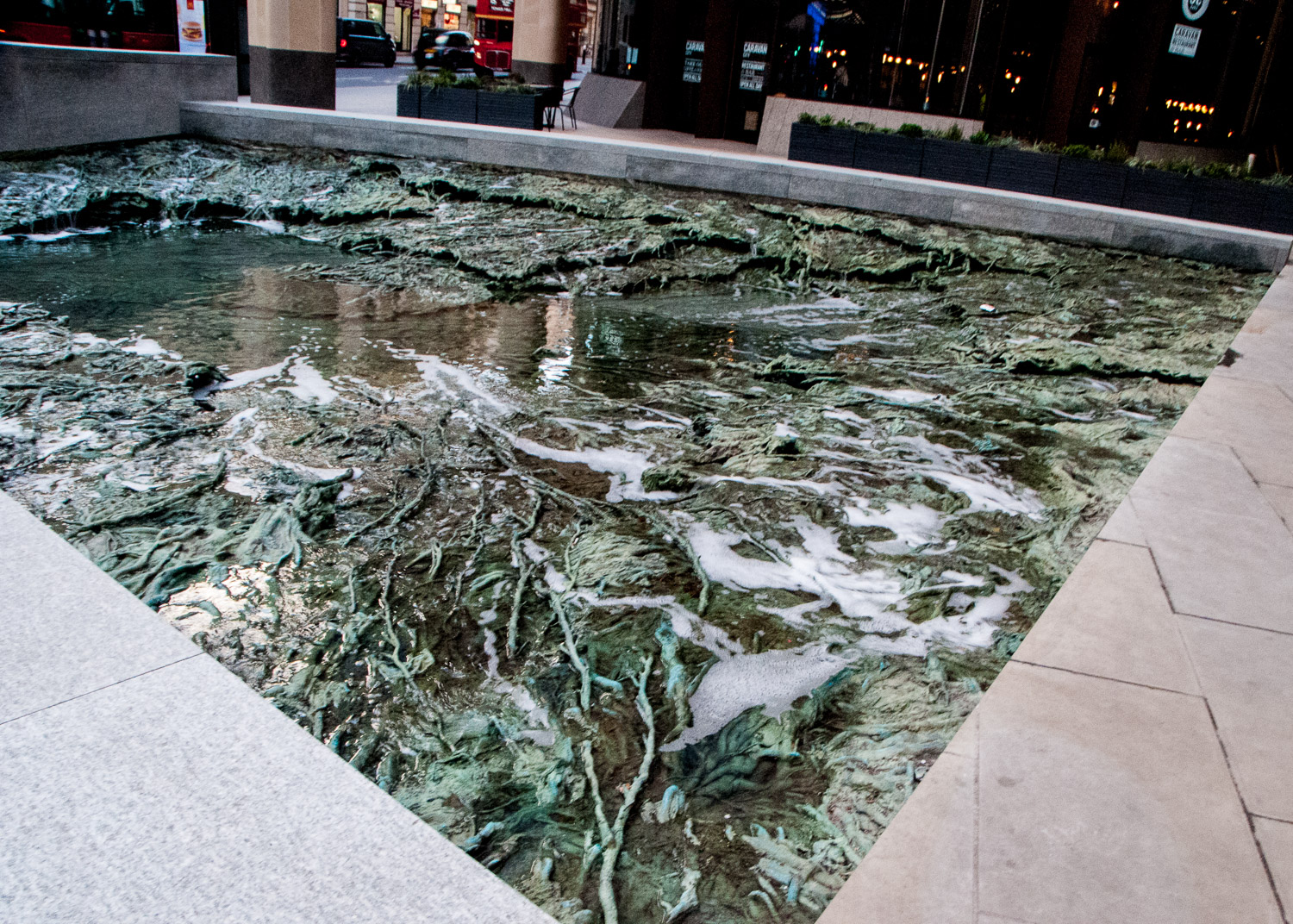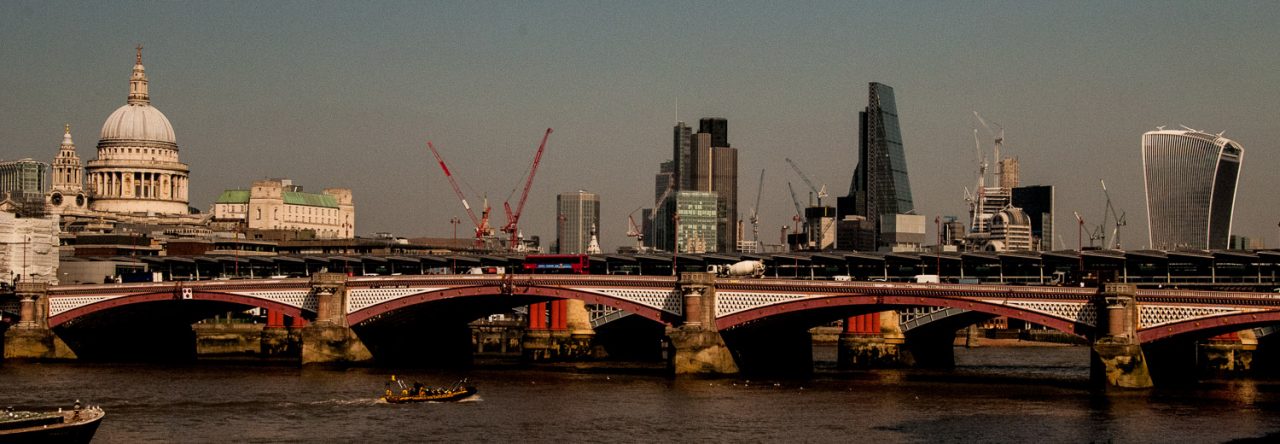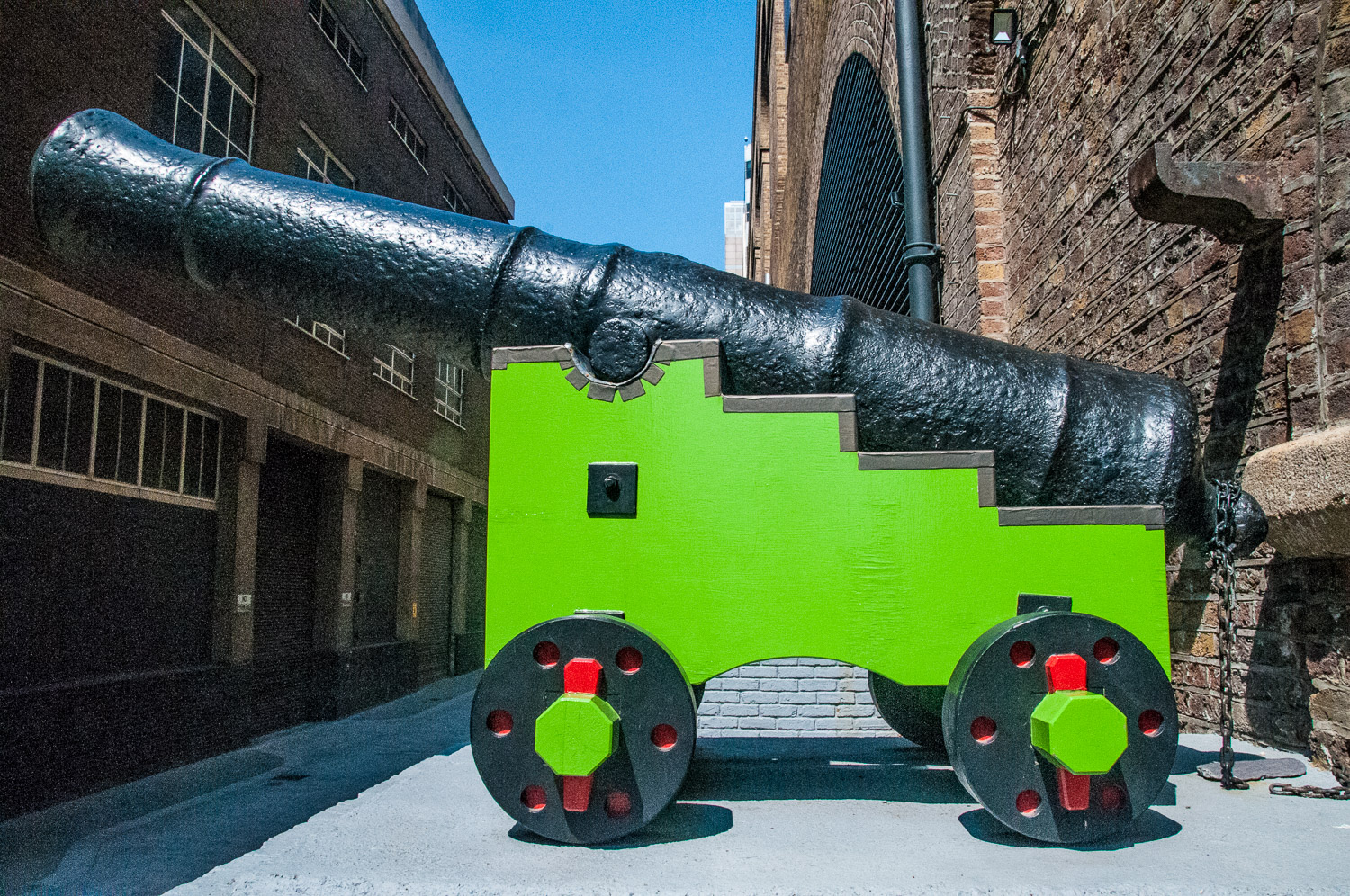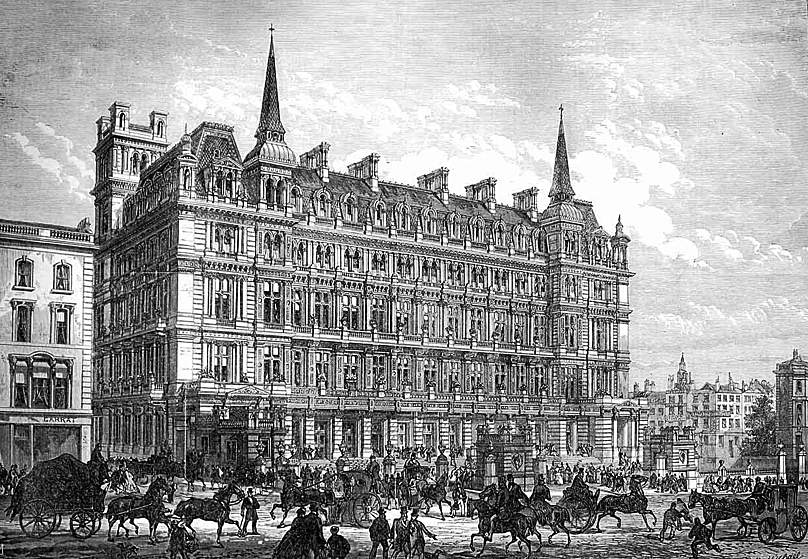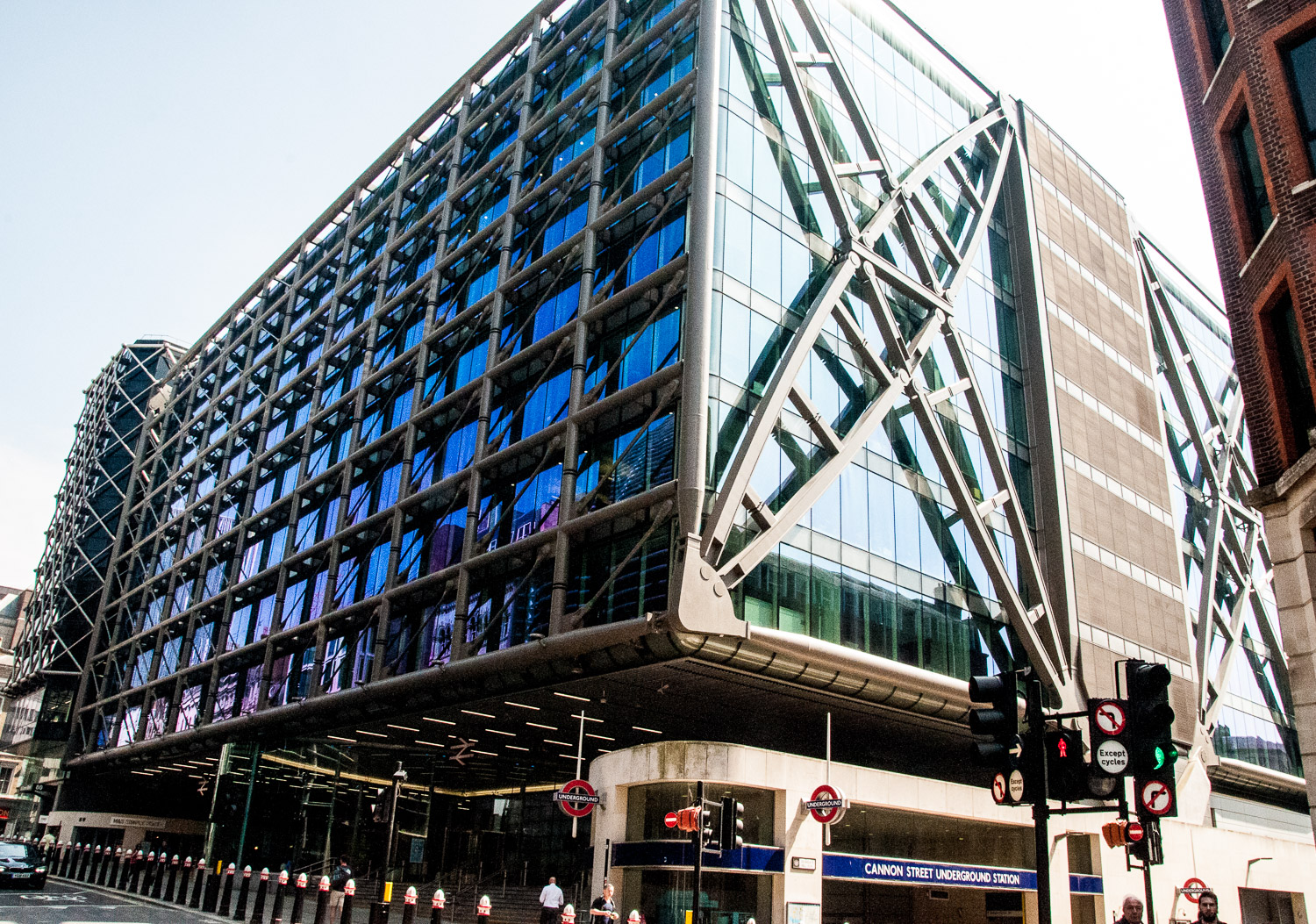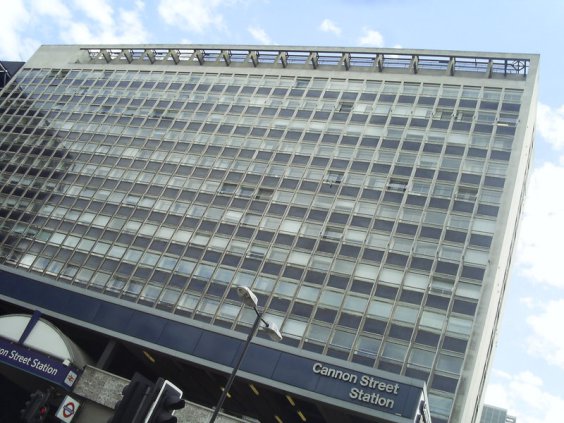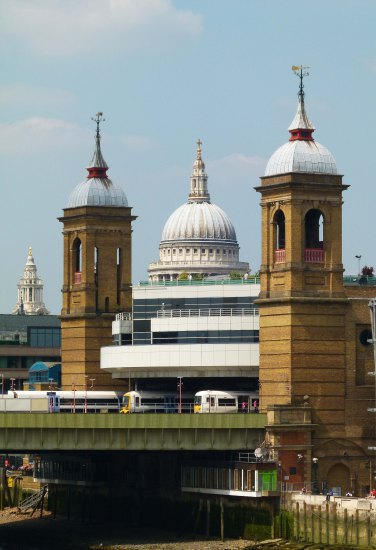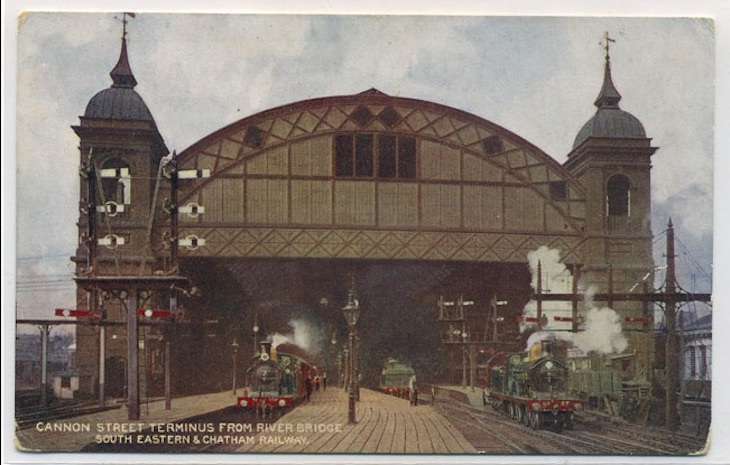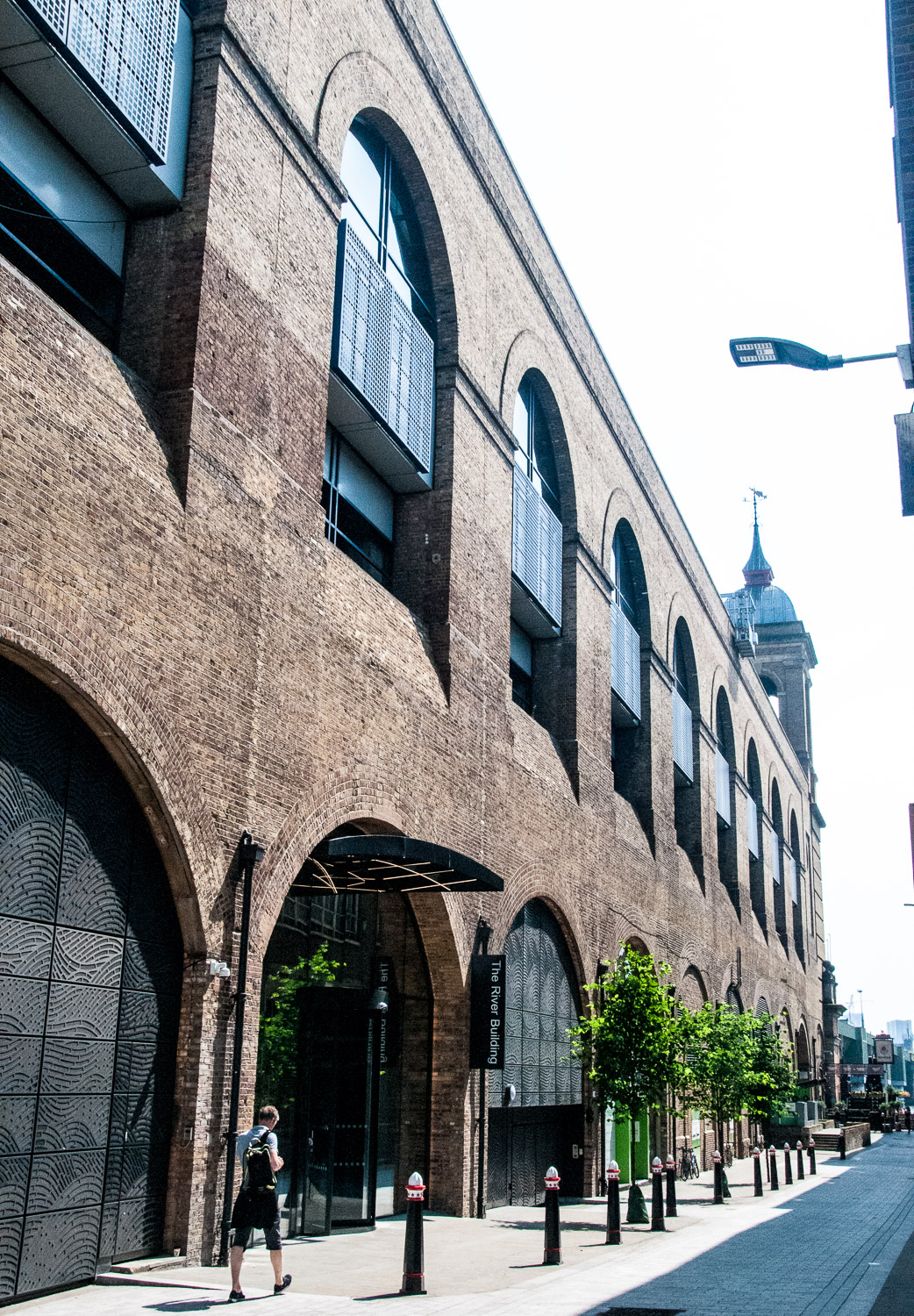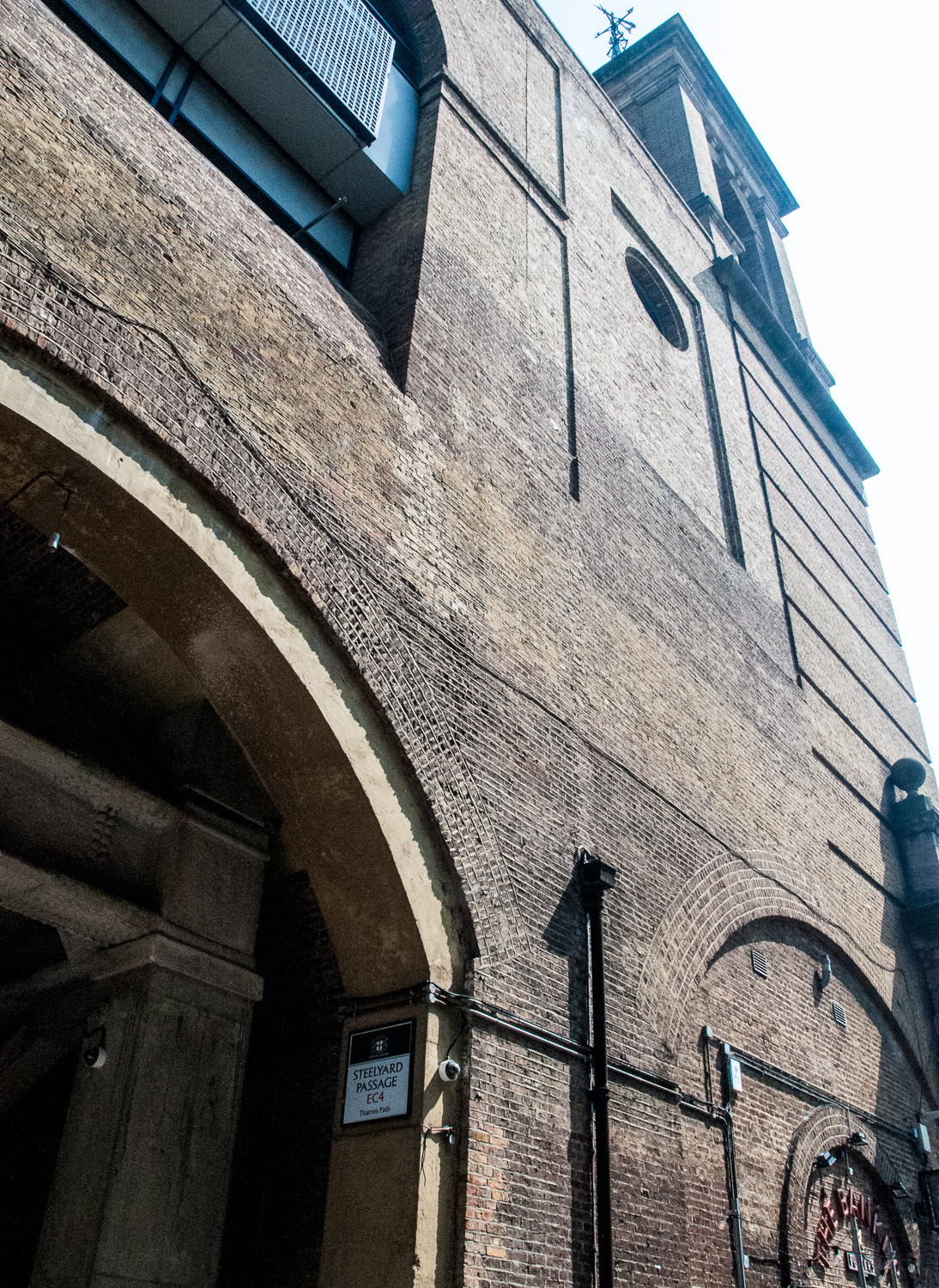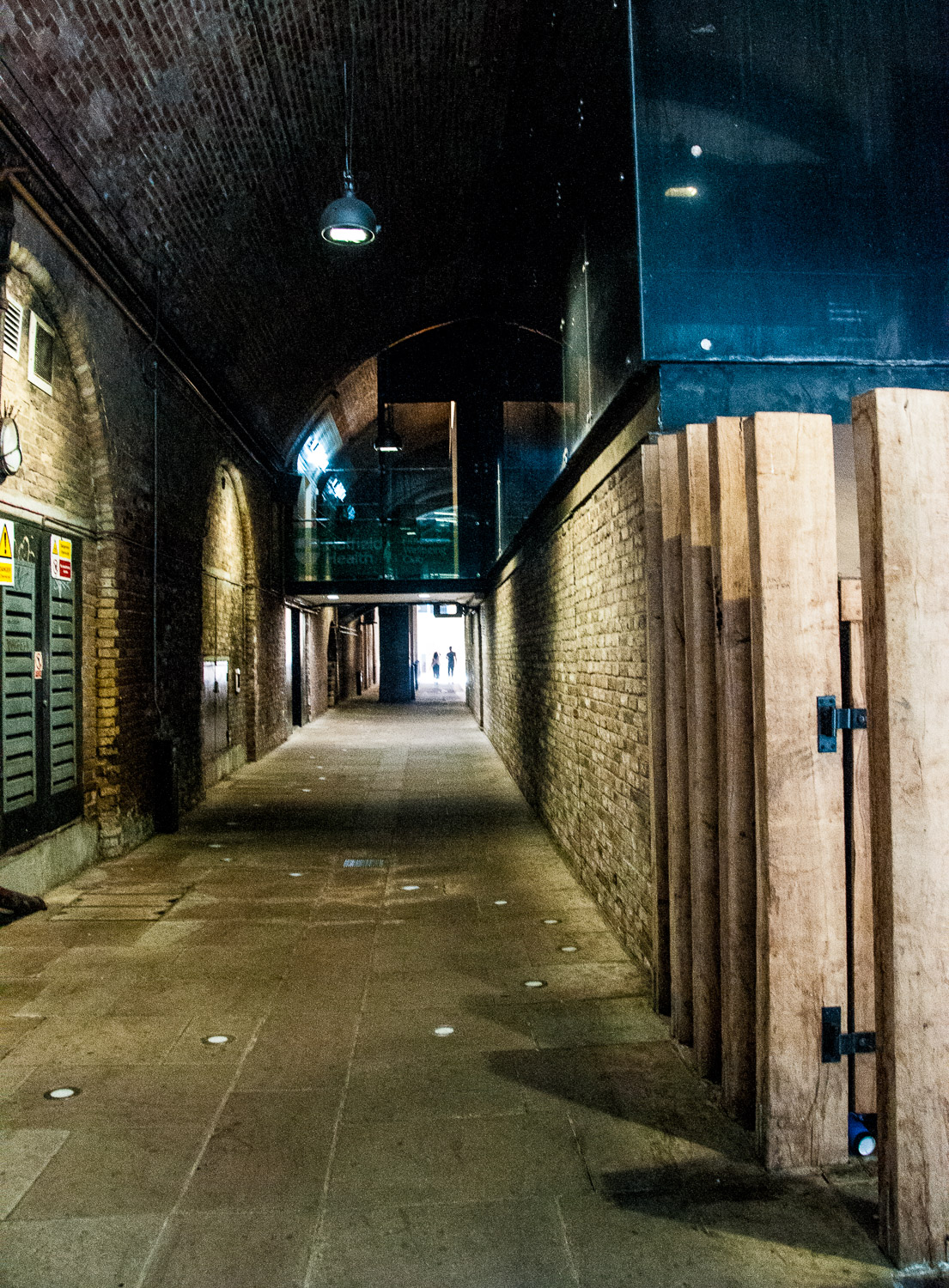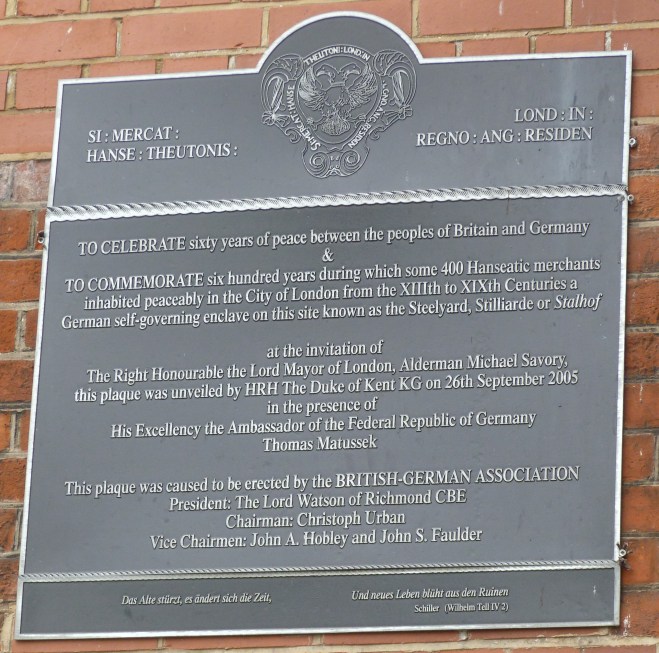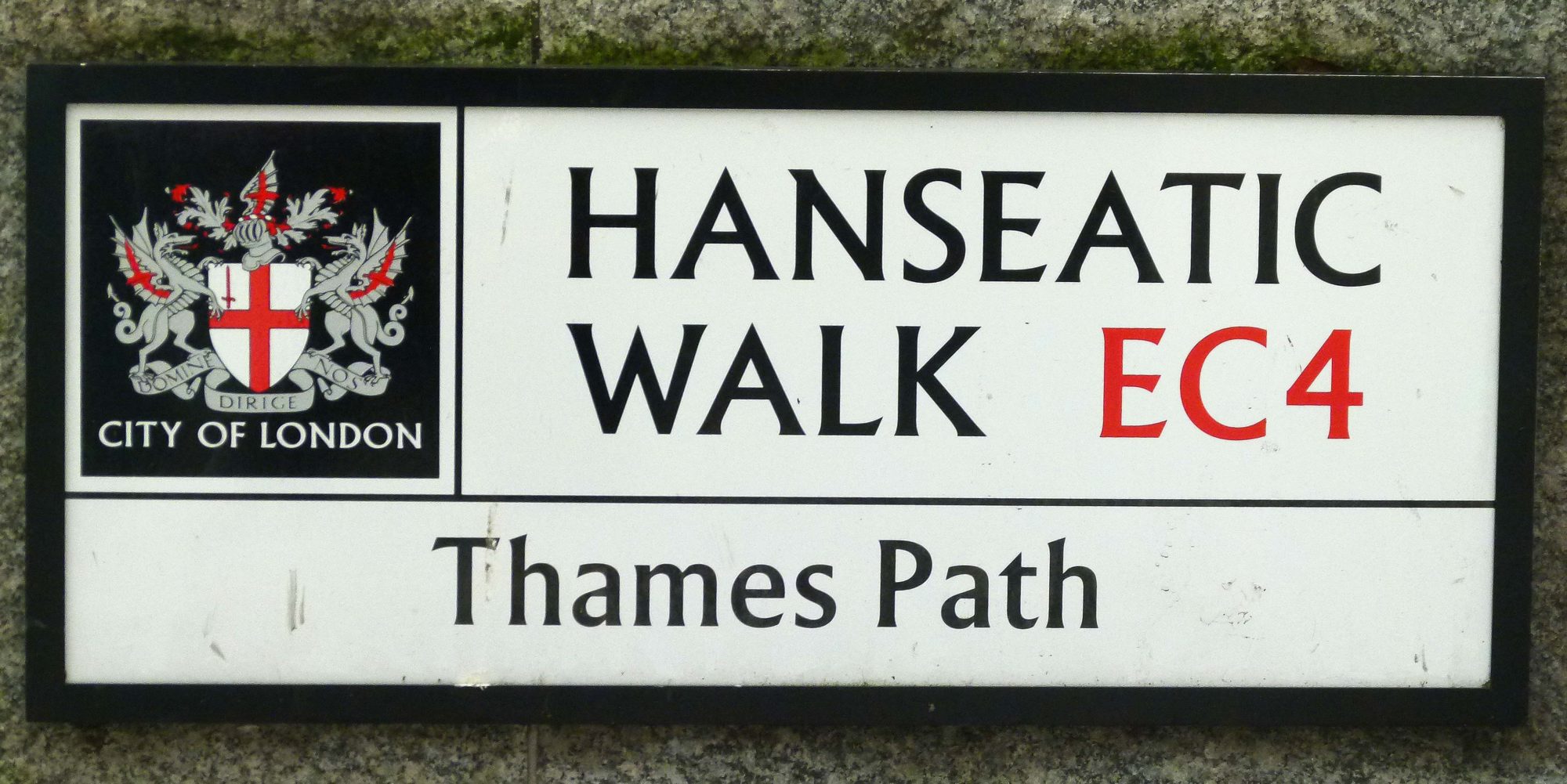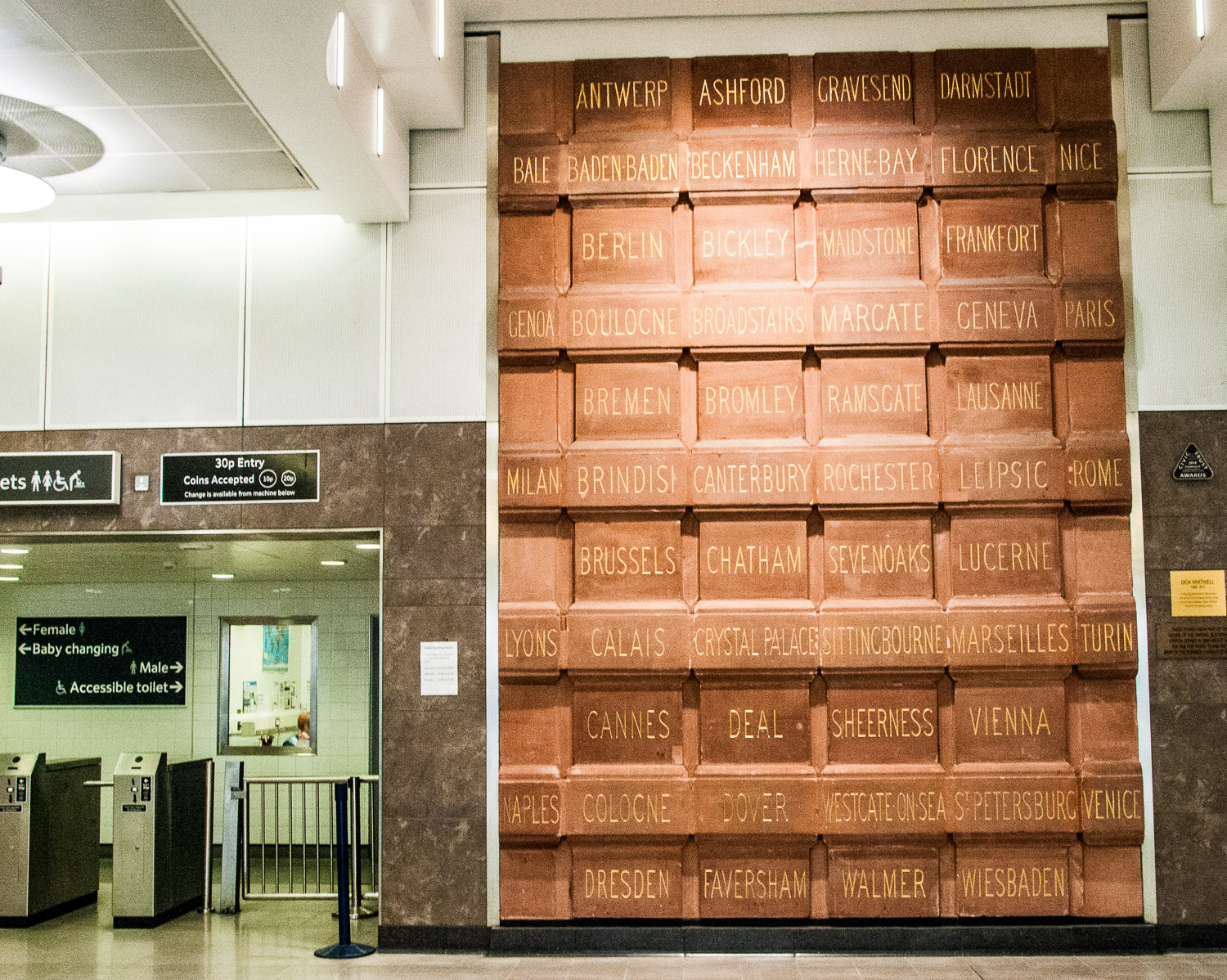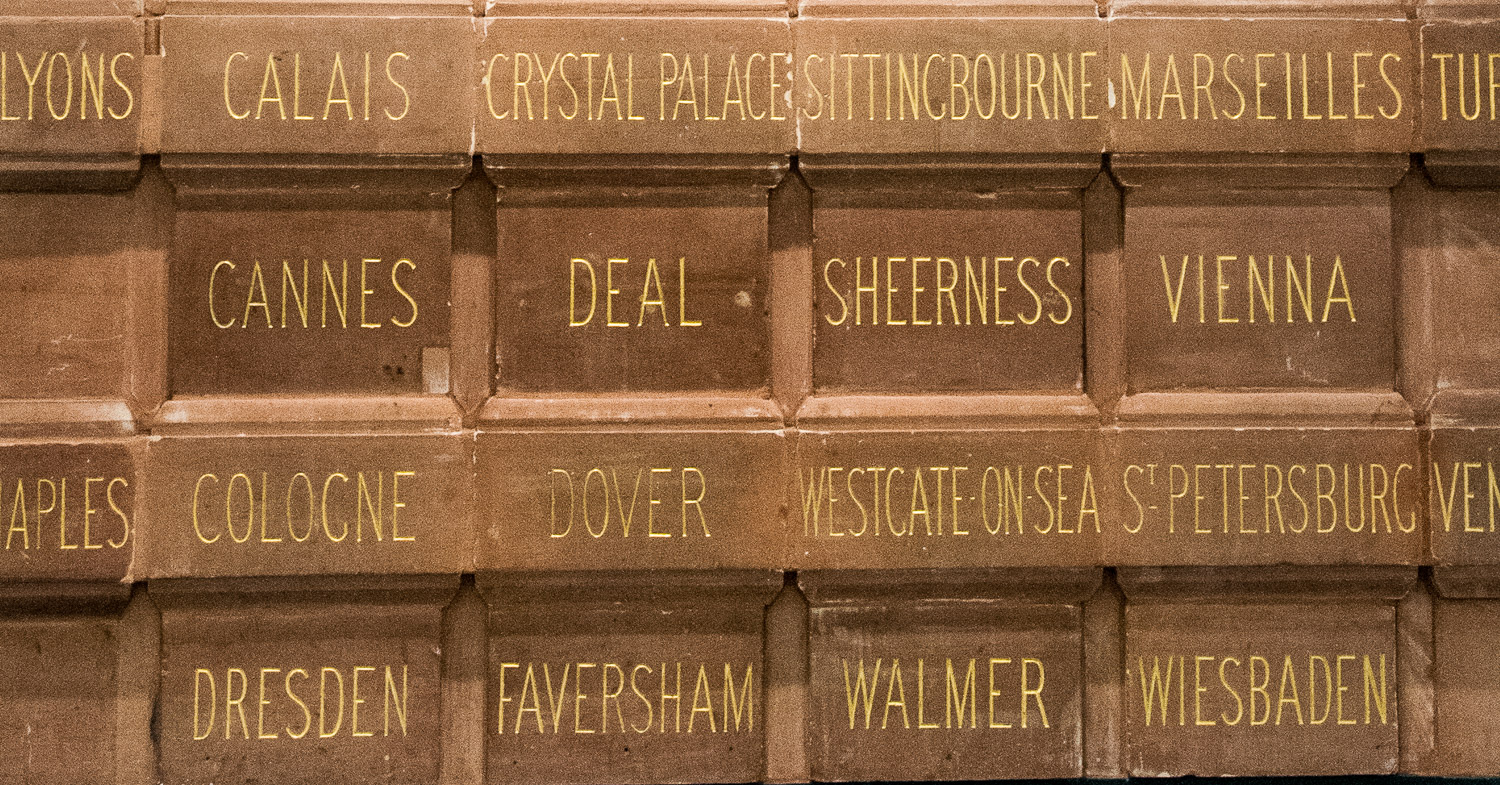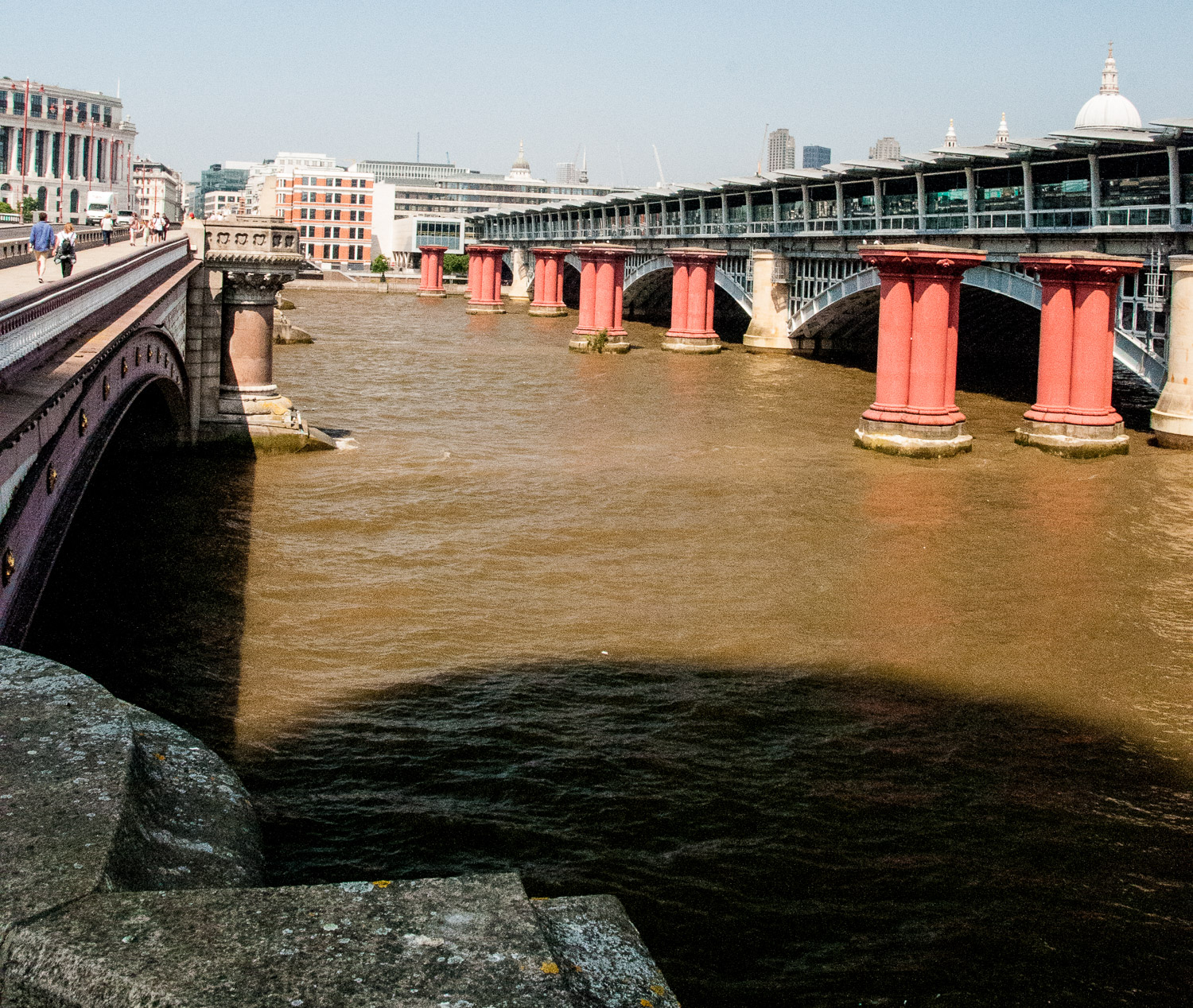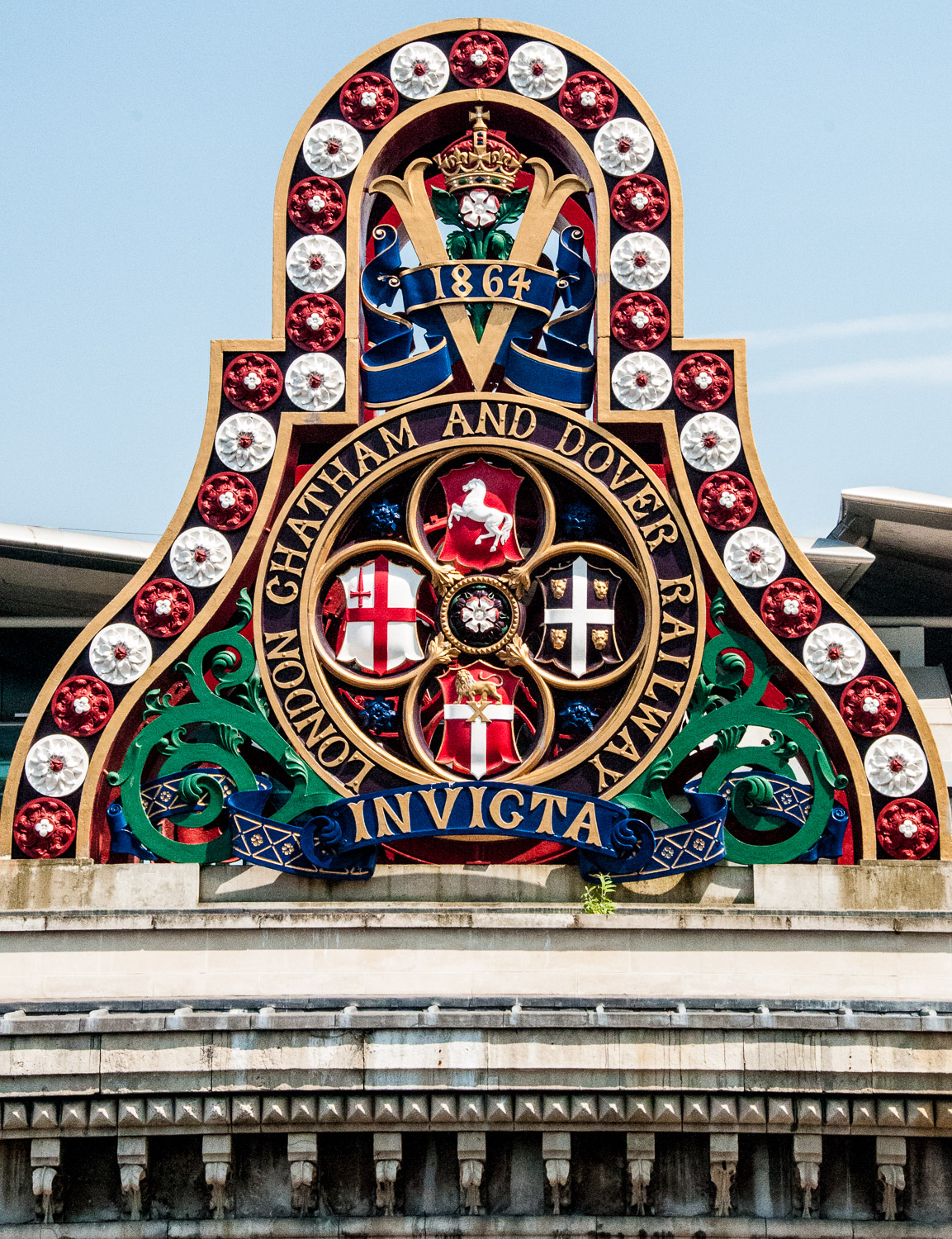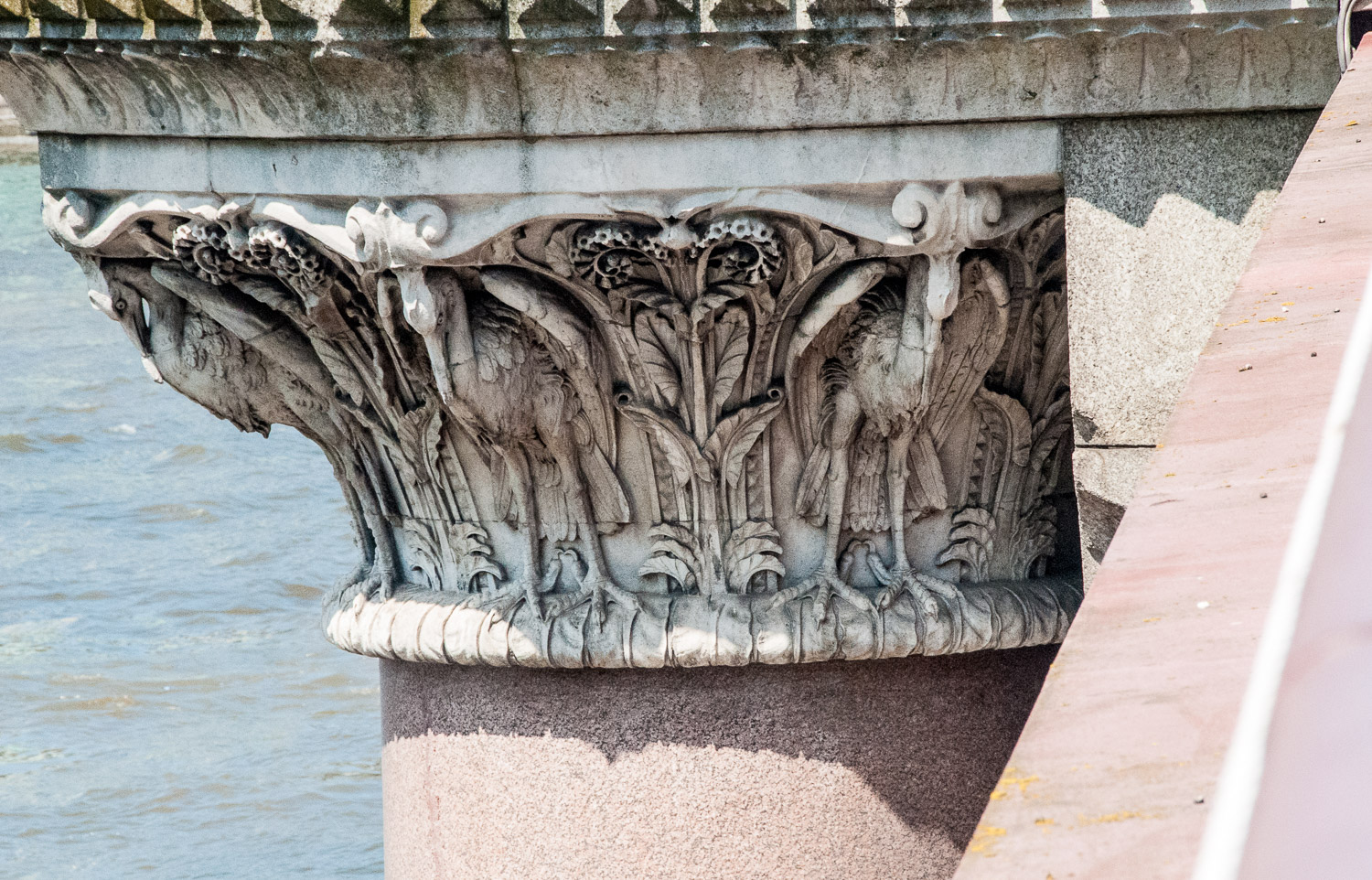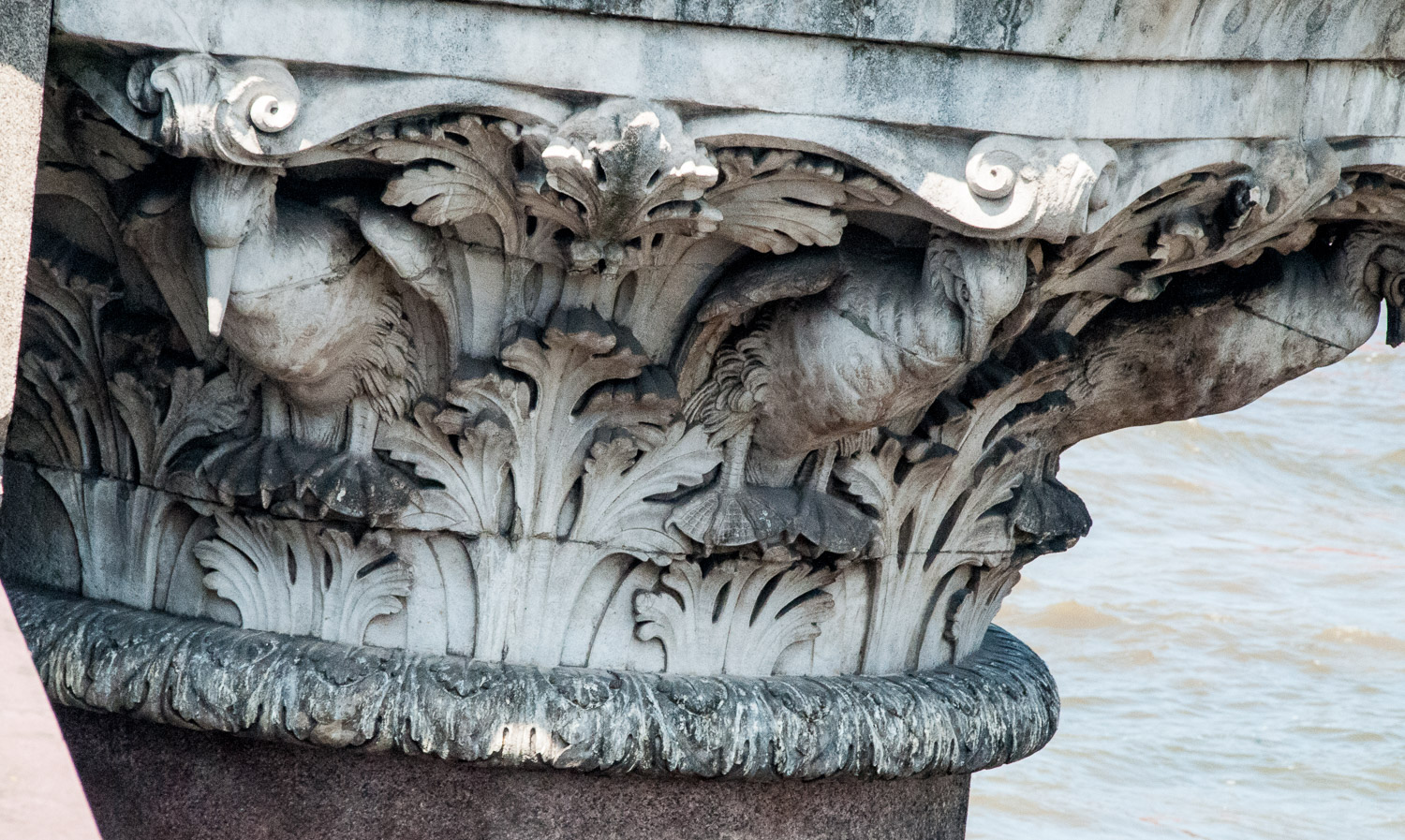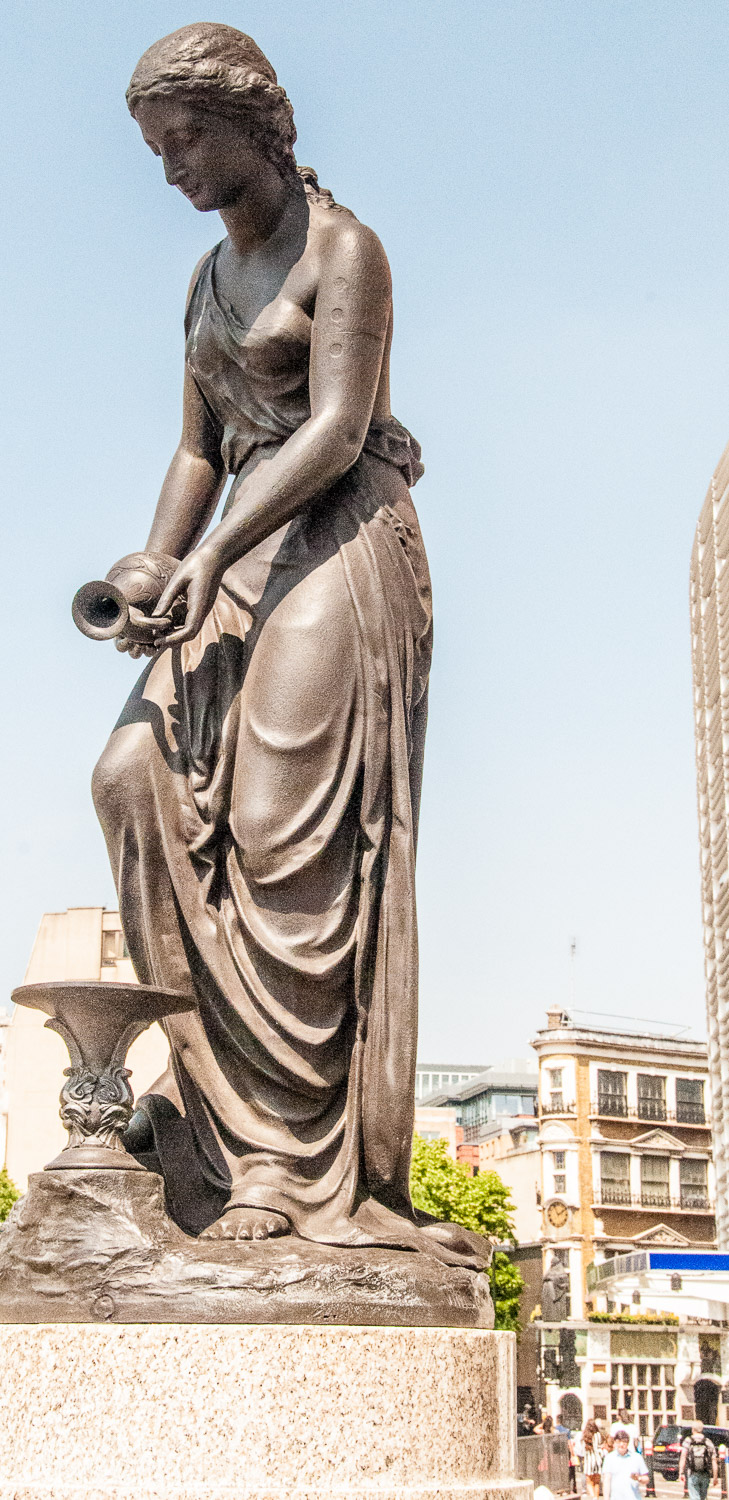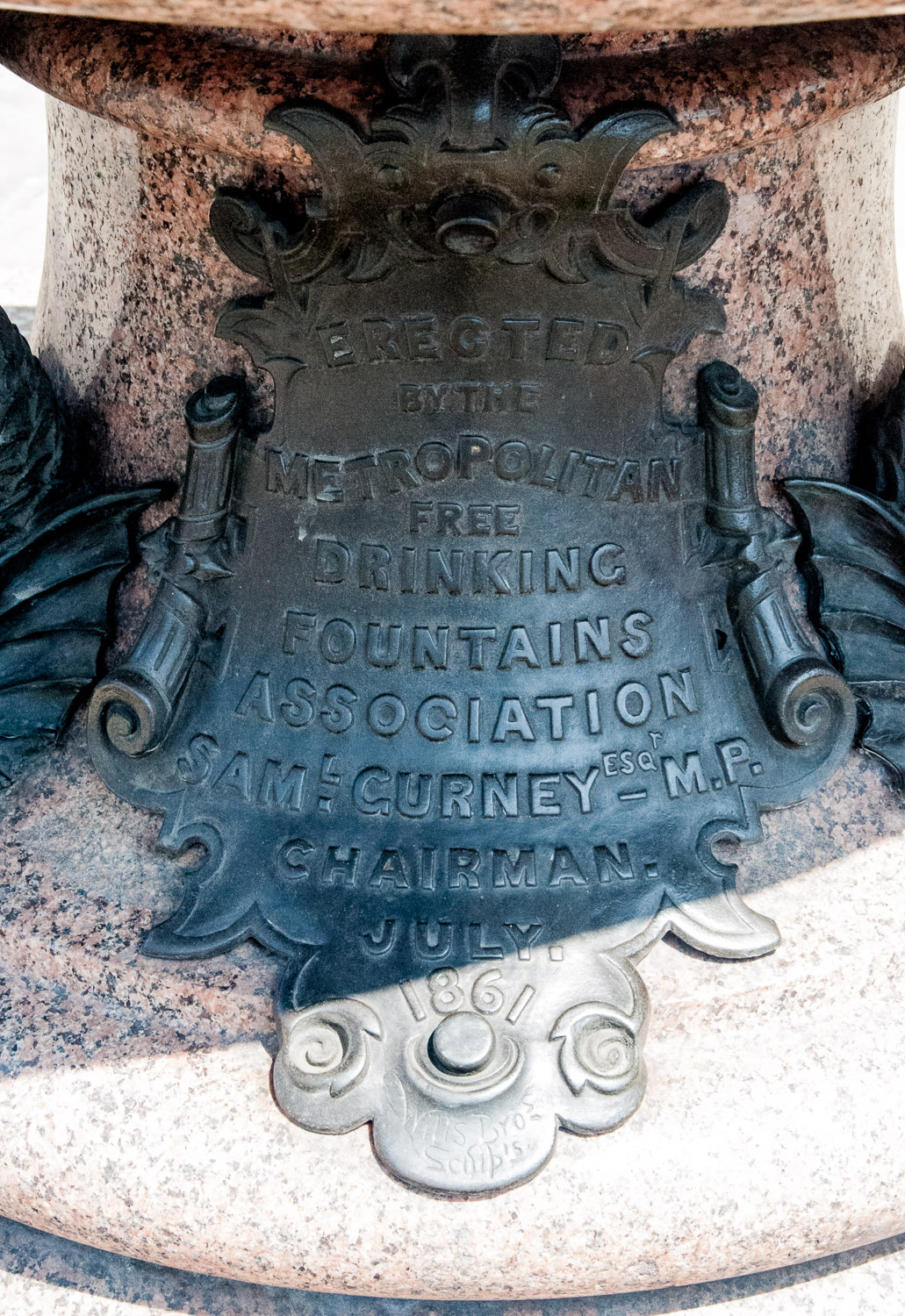I started my westward walk at the old Billingsgate Market on Lower Thames Street. Once the centre of London’s fish trade, it has been comprehensively smartened up and no trace remains of its pulsating, pongy past, its interior now a soulless ‘event space’.
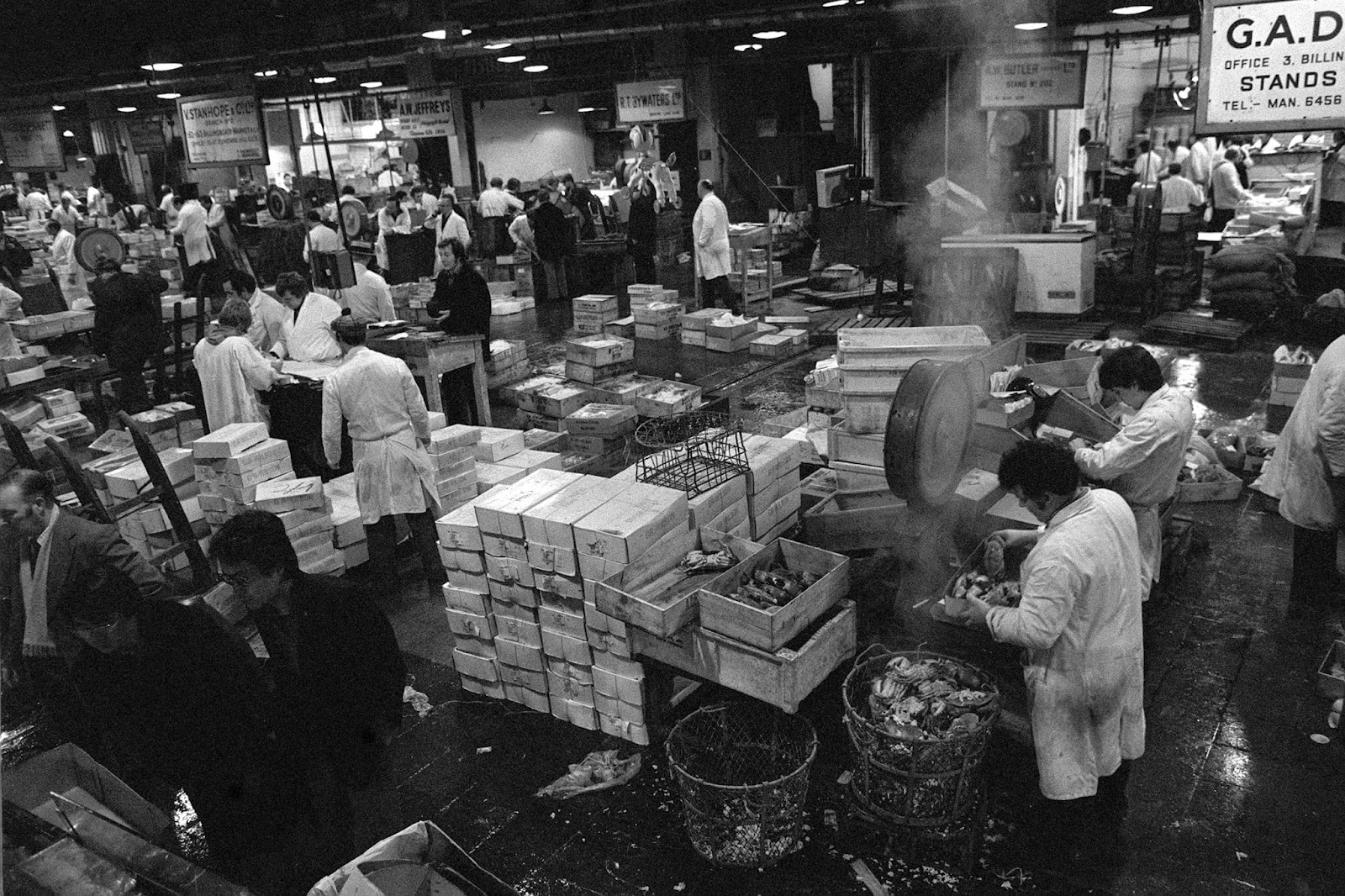
The market in its 20th century heyday.
Billingsgate was originally a general market for corn, coal, iron, wine, salt, pottery, fish and miscellaneous goods and does not seem to have become associated exclusively with the fish trade until the sixteenth century.
In 1699 an Act of Parliament was passed making it ‘a free and open market for all sorts of fish whatsoever’. The only exception to this was the sale of eels which was restricted to Dutch fishermen whose boats were moored in the Thames. This was because they had helped feed the people of London during the Great Fire.
The present building dates from 1876 and was designed by Sir Horace Jones, an architect perhaps best known for creating Tower Bridge but who also designed Leadenhall and Smithfield markets. Business boomed until 1982, when the fish market moved to the Isle of Dogs.
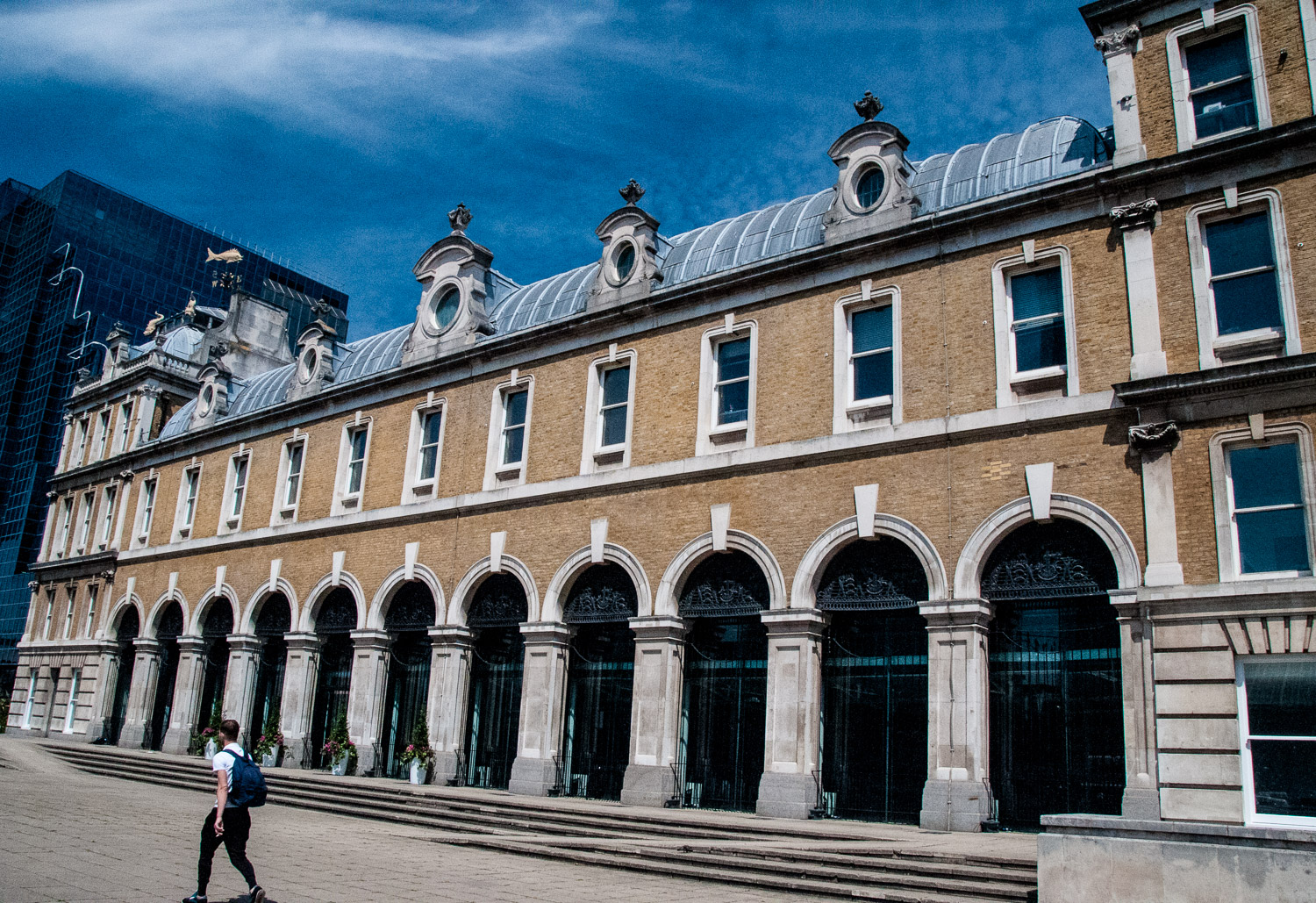
The south side of the old market today.
I love the weathervanes …
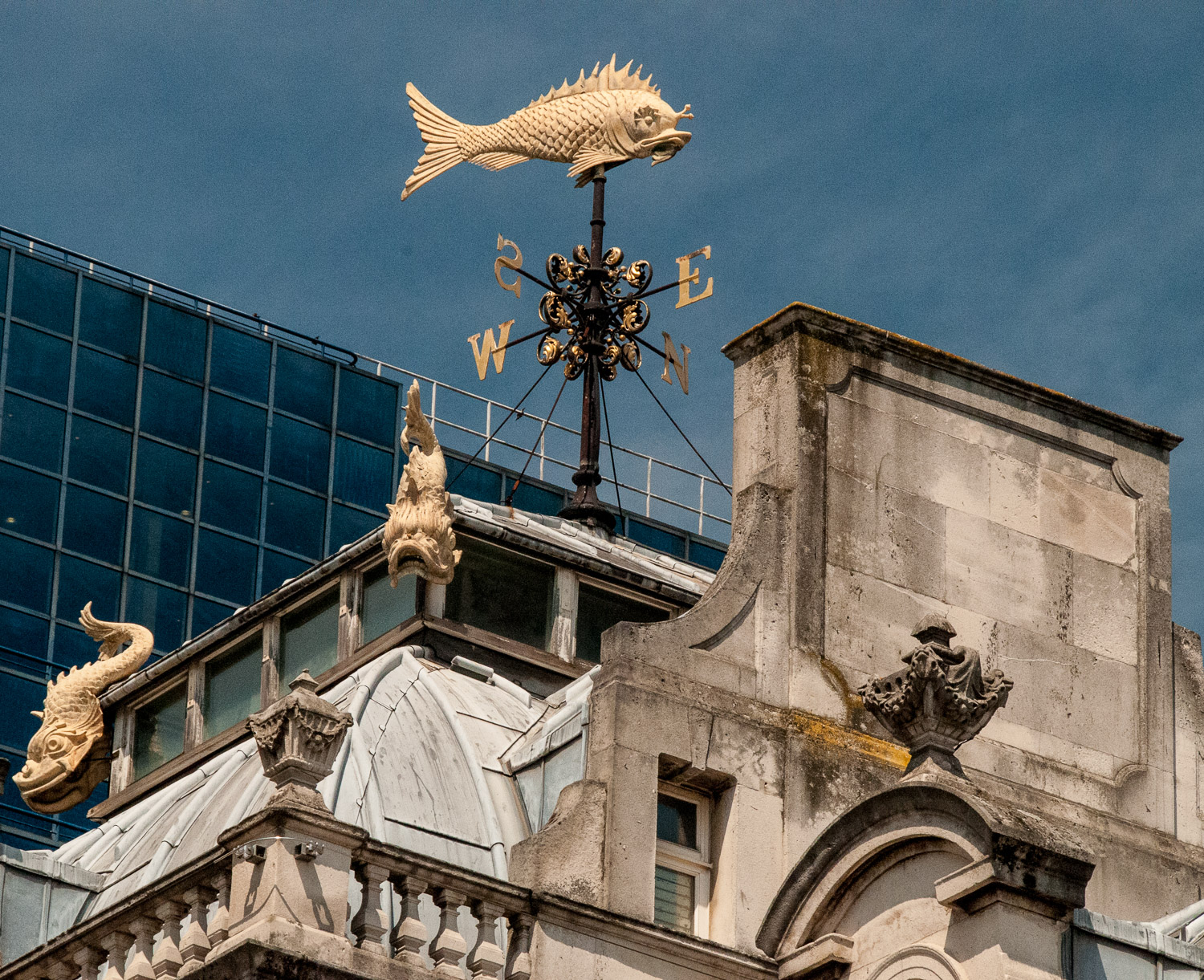
The weathervane at the west end of the market.
Similar weathervanes adorn the new market buildings in Docklands but they are fibreglass copies.
As you walk westwards you will see on your right a view of both the tower of St Magnus-the-Martyr and Wren’s monument to the Great Fire of 1666 …
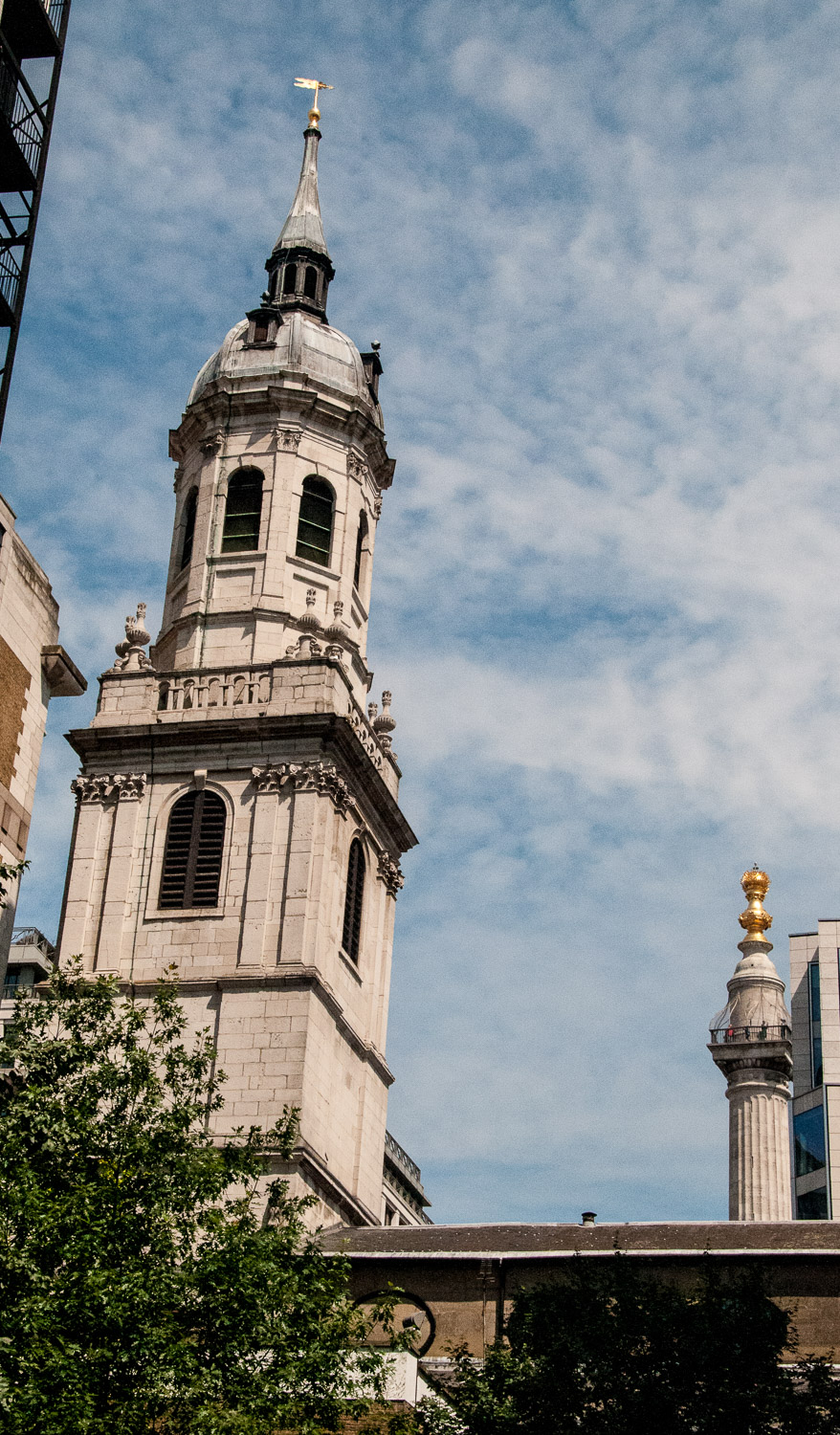
The fishy environment is enhanced by the lamps that illuminate the path at night …
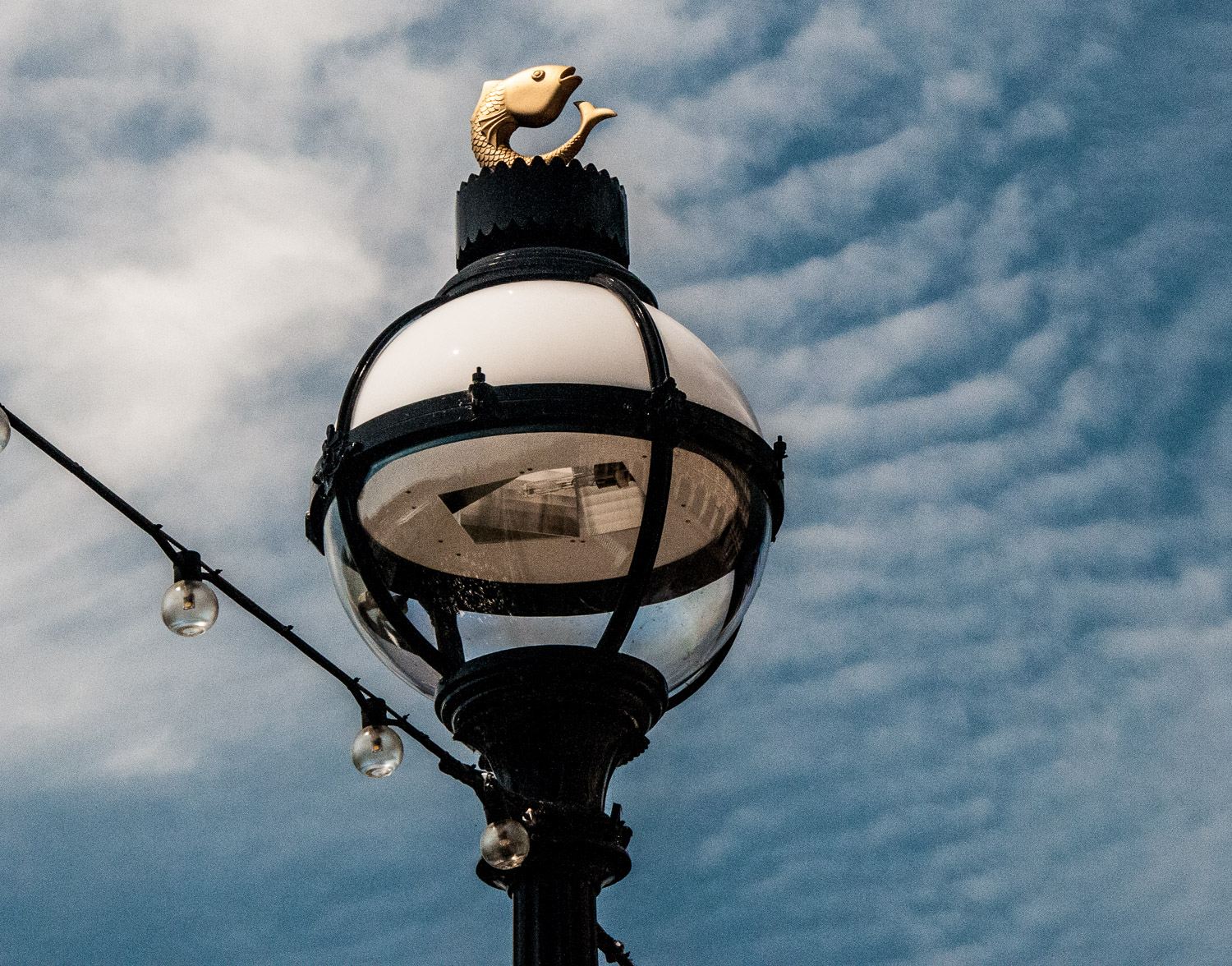
And, amazingly, I think the cloud formation behind is the beginning of what is known as a ‘mackerel sky’.
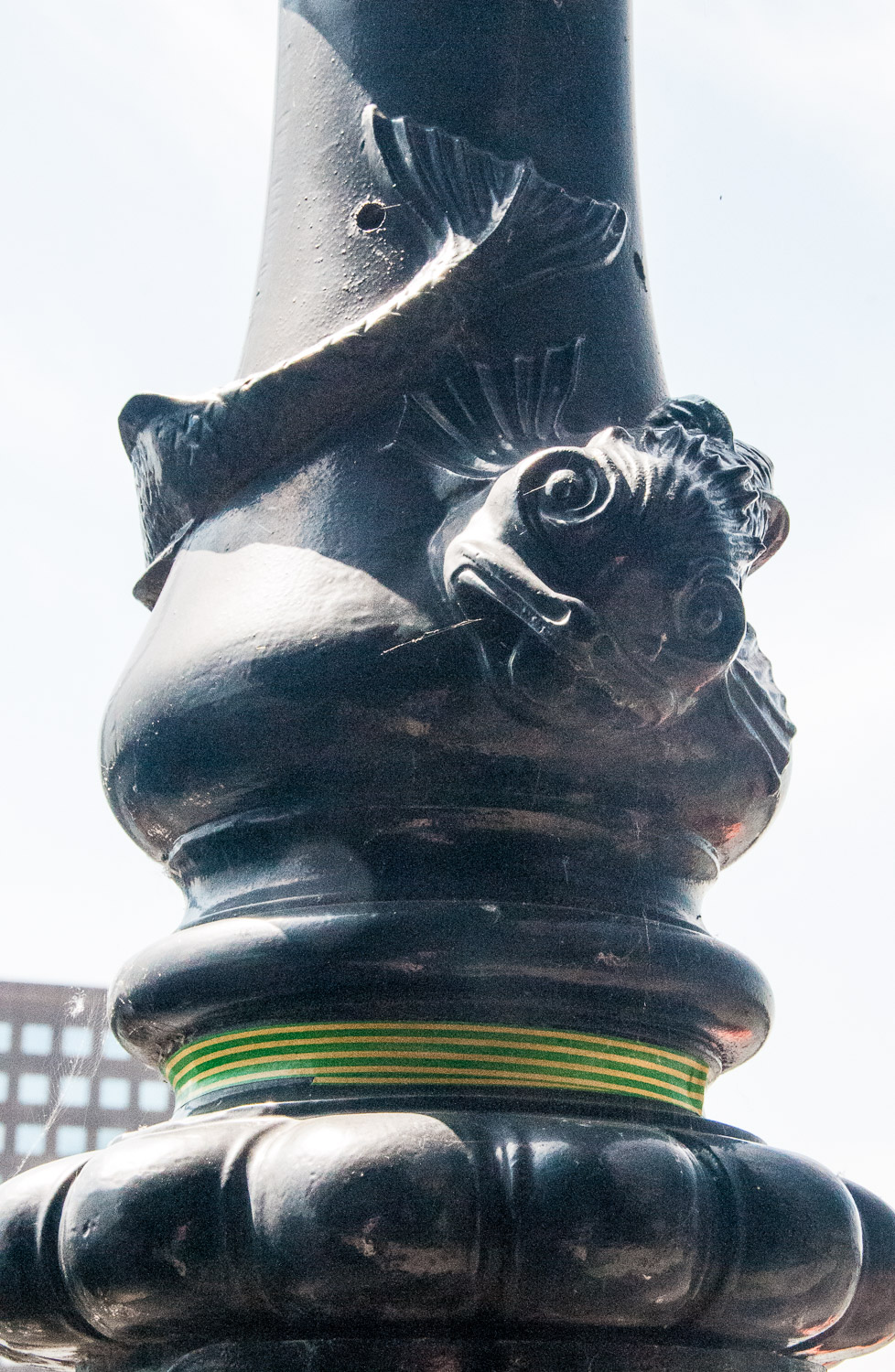
‘Hello, there!’ : Face-to-face with a fish at eye level.
Further along Adelaide House looms above you …
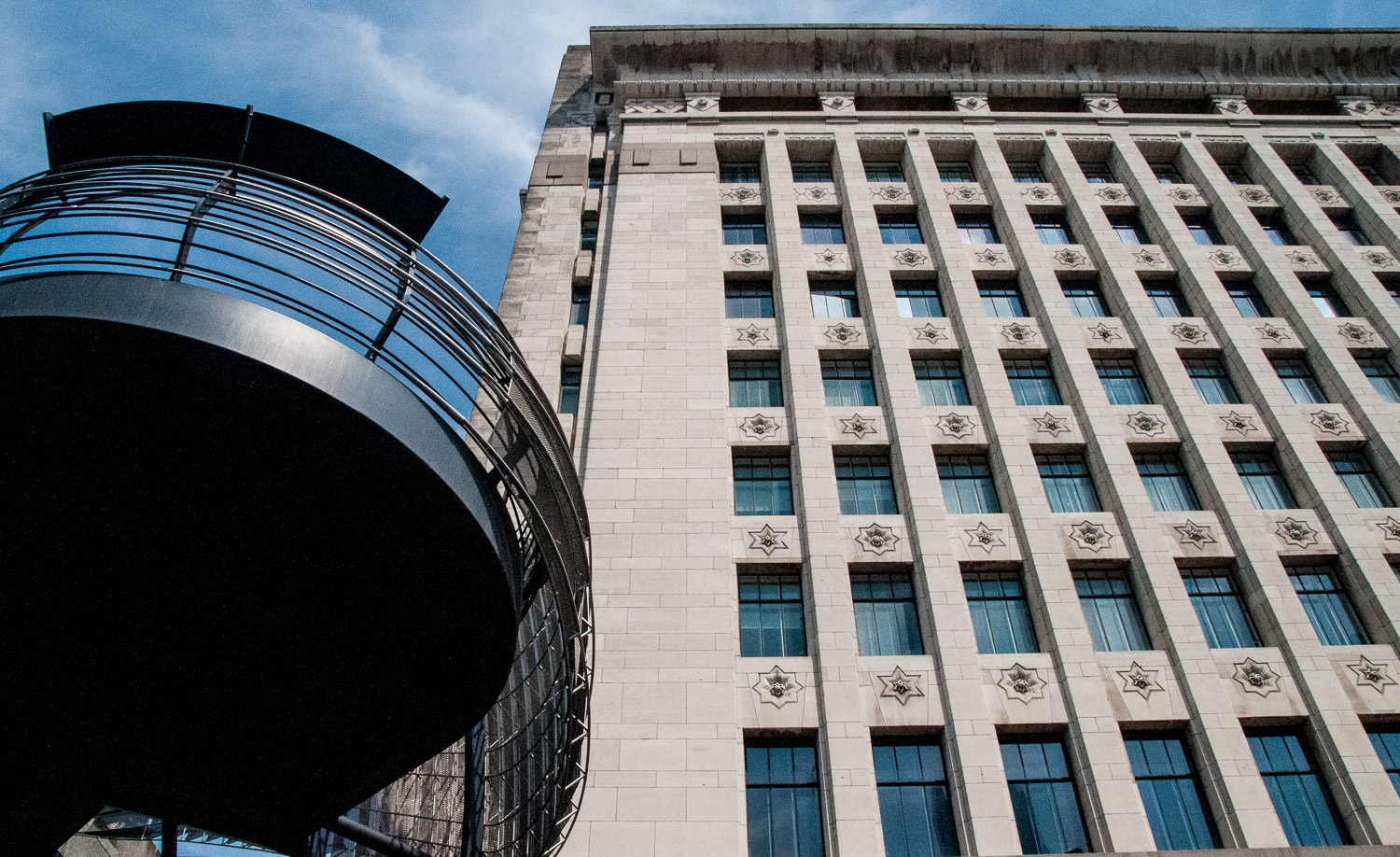
Built in 1925, it was then the City’s tallest block and is now Grade II listed. The building was named in honour of King William IV’s wife Adelaide who, in 1831, had performed the opening ceremony of London Bridge. Office workers there could once access an 18-hole mini-golf course on the roof. When I discovered this an image came to mind of an errant golf ball flying over the parapet and bonking a London Bridge commuter on the head.
Glance across the river for an interesting contrast of old and new …
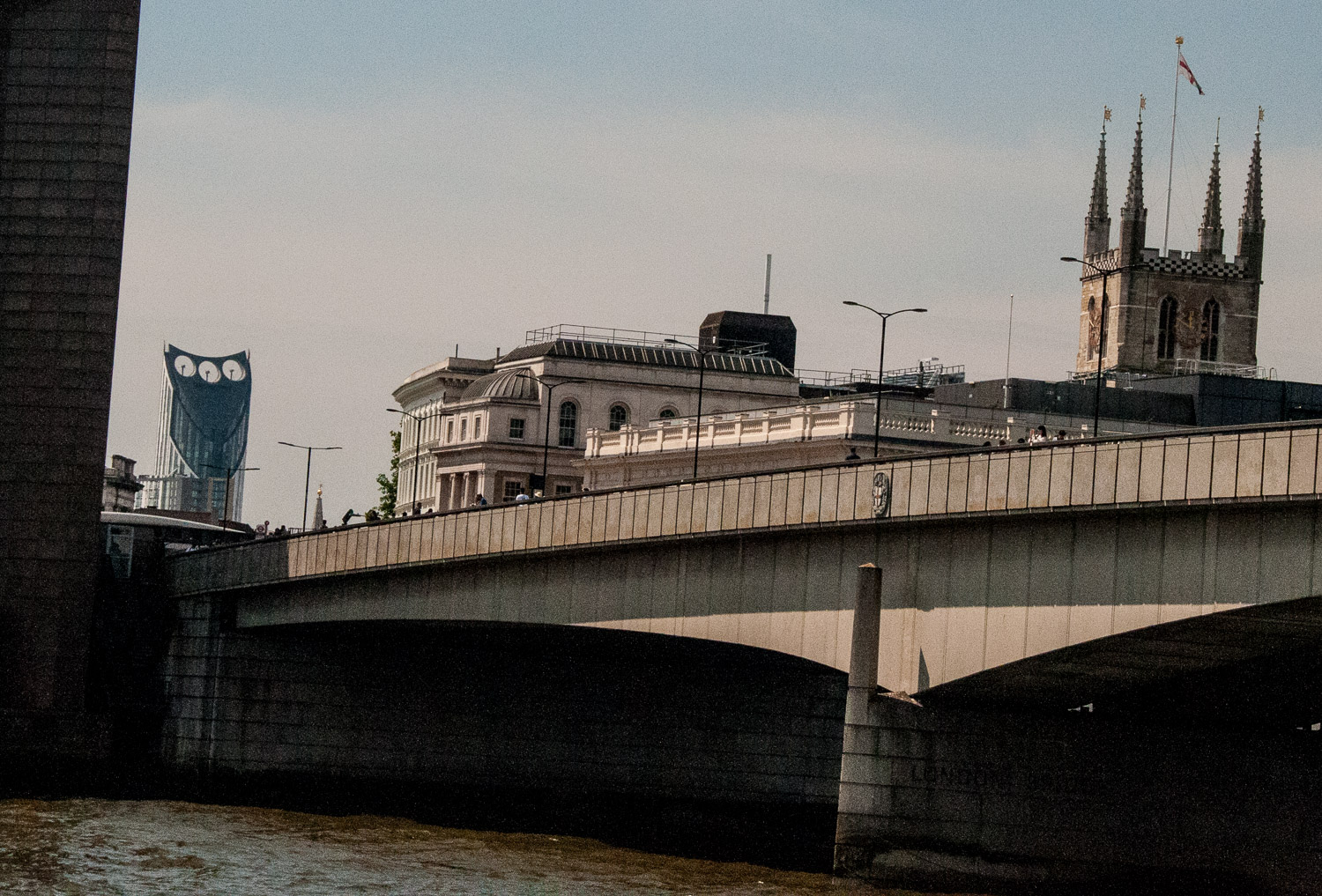
On the right, the 16th century tower of Southwark Cathedral peeps over London Bridge. In the distance the Strata tower block at Elephant & Castle, with its three wind turbines, stares back at you. The turbines were supposed to generate electricity but I have never seen them move. I am told that locals have nicknamed the building Mordor.
The Fishmongers’ Livery Company is one of the most ancient of the City Guilds and you encounter the river frontage of their hall as you continue to walk westwards. You will also spot more fish motifs both on the lamps and on the railings …
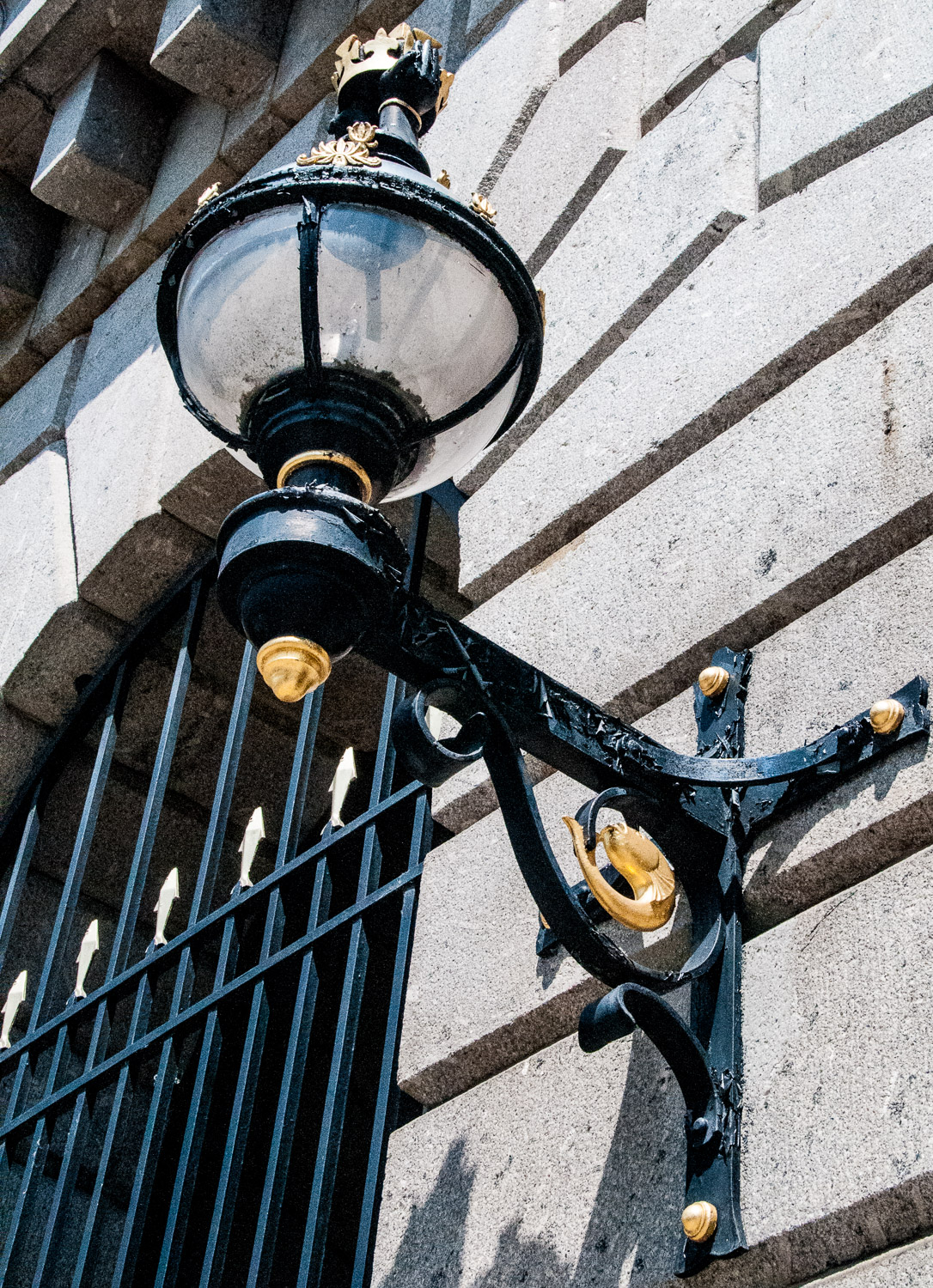
The south side of Fishmongers’ Hall.
Glance across the river and there, perched in a dry dock, is a replica of a very famous Elizabethan vessel …
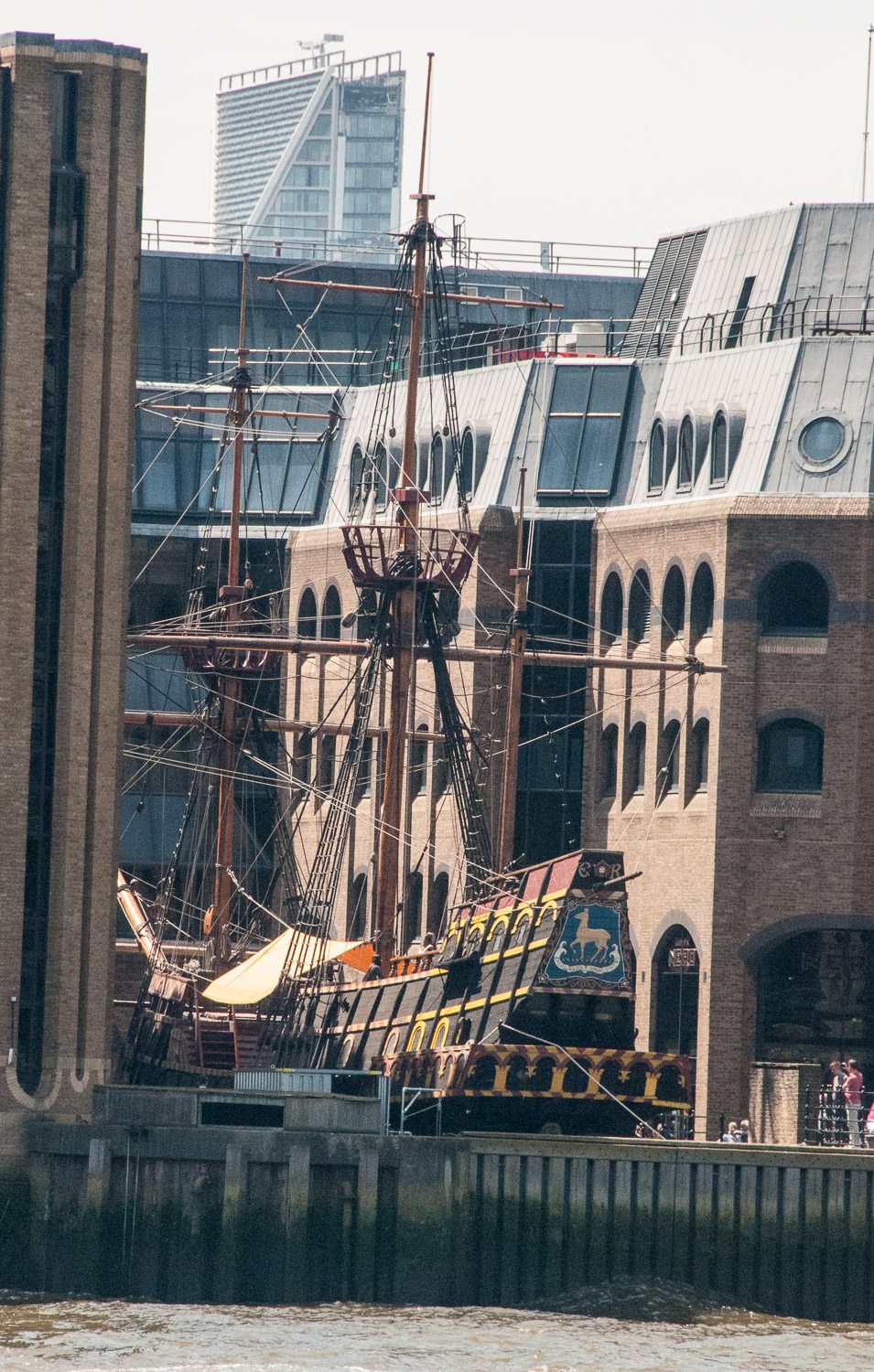
The Golden Hinde, under the captaincy of Sir Francis Drake, circumnavigated the globe between 1577 and 1580. It is open to visitors at St Mary Overie Dock SE1.
And now some bollards …
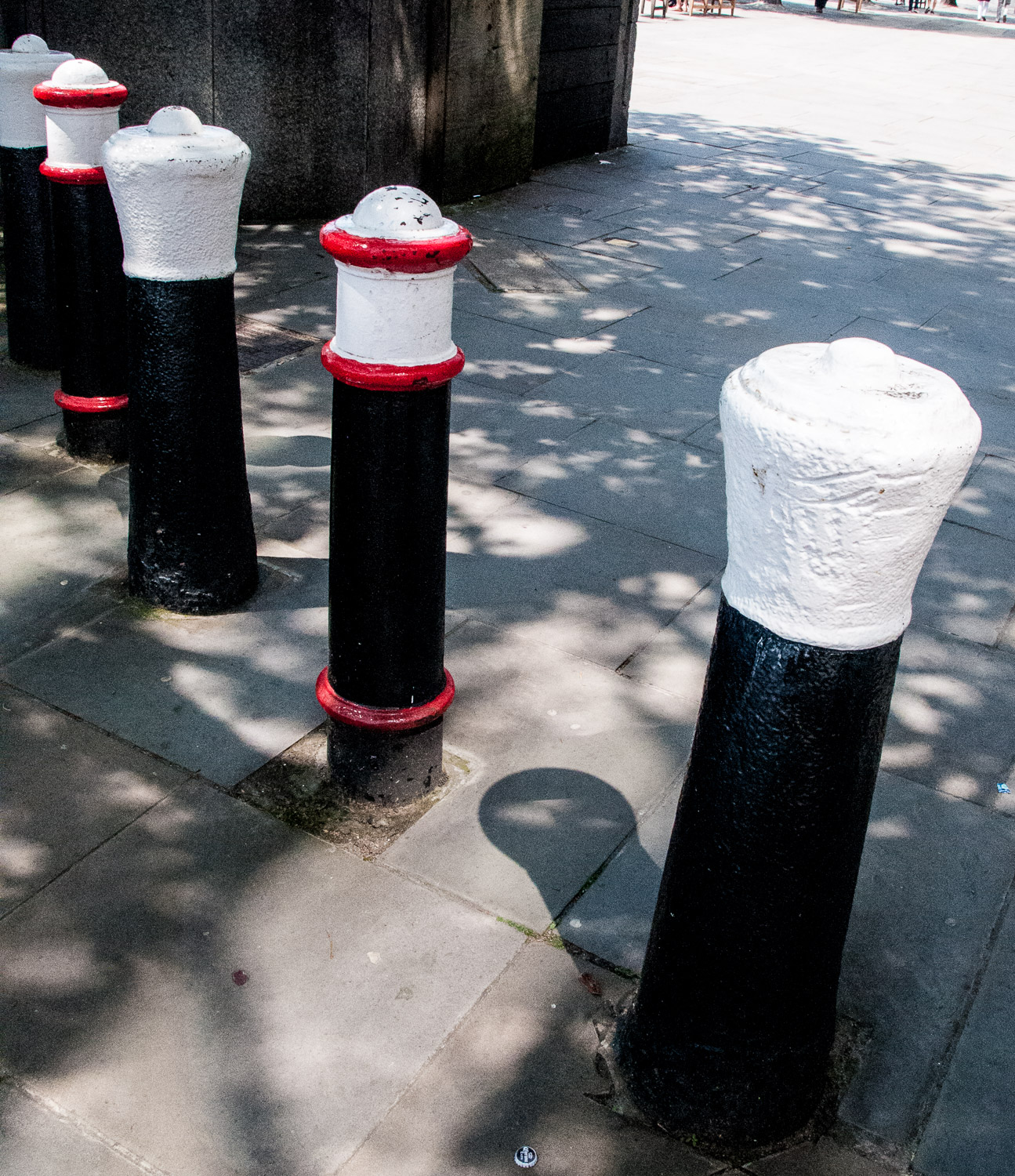
After the Battle of Trafalgar, it was discovered that the captured French cannons could not be retrofitted to British ships, and many of them were taken to London and erected as bollards. A cannon ball too large for the barrel was welded into the muzzle to give a distinctive shape. Most have disappeared, or are actually modern replicas, but I do think these fat black and white ones have an authentic look.
Further on, another fish lamp …
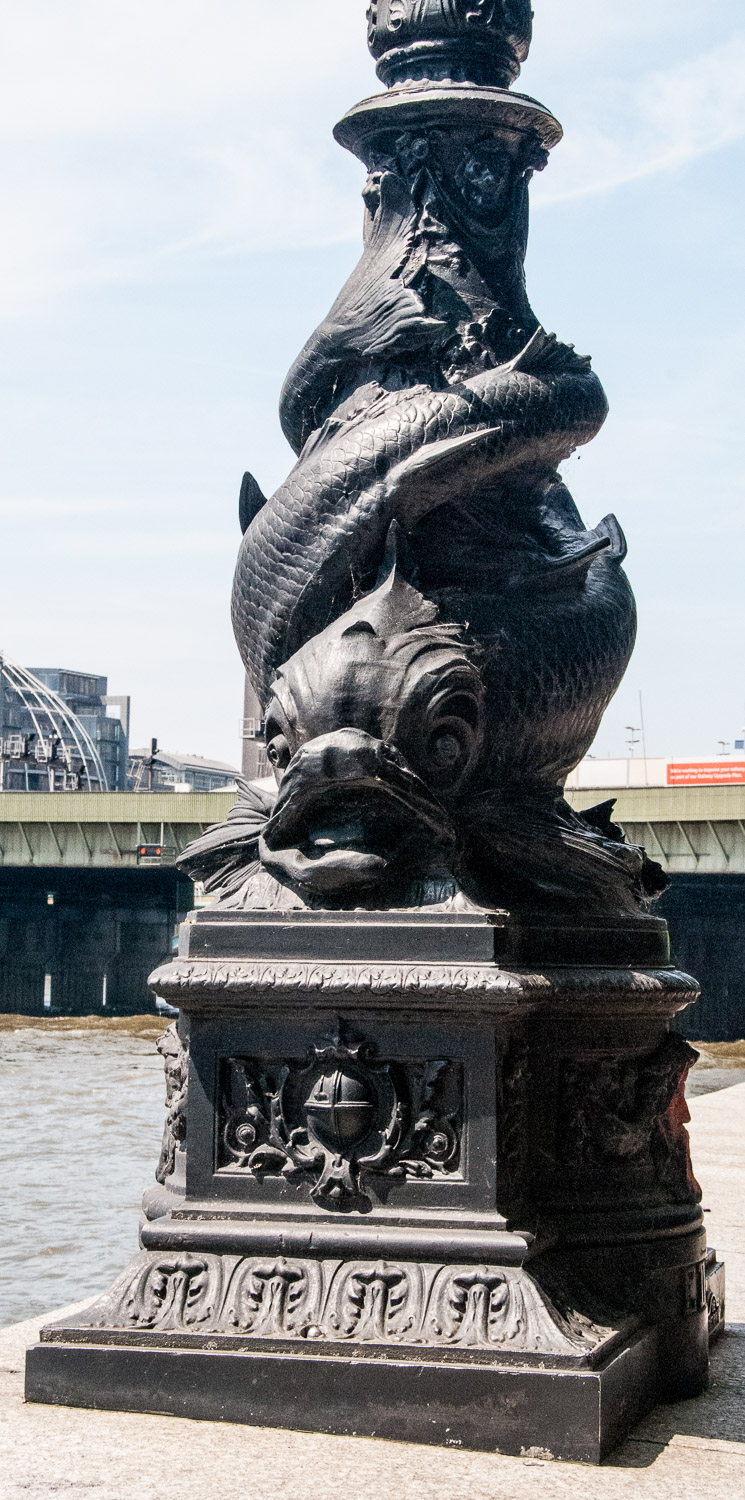
This one dates from 1998 when this part of the Thames Path was opened.
You will now pass under Cannon Street Station through the atmospheric Steelyard Passage which I wrote about in last week’s blog about Cannon Street Station.
One feature I didn’t mention was these blue lights built into the path …
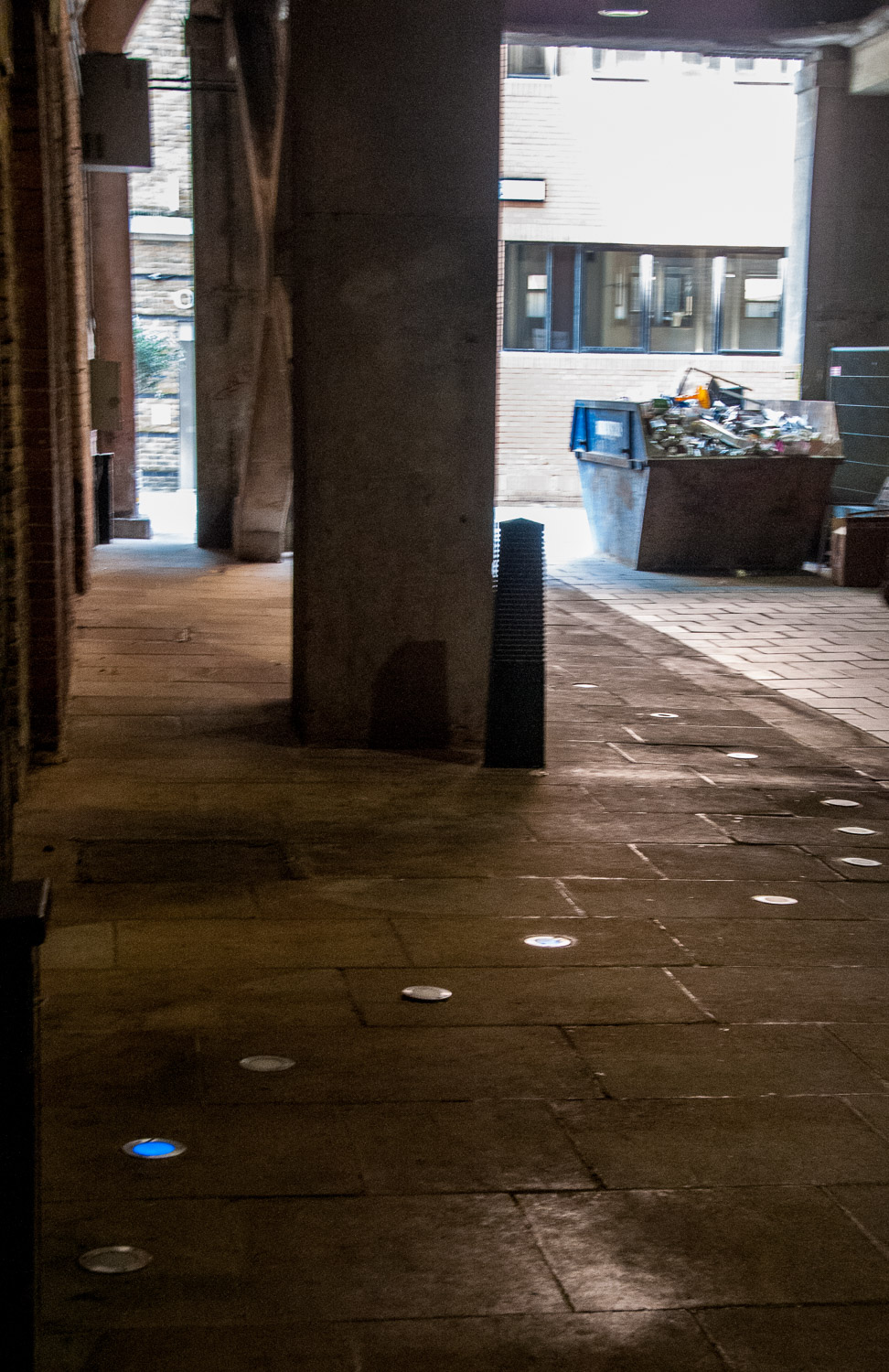
The lights illustrate the edge of the River Thames at high tide before the Embankment was built in the 19th century. Shame about the skip.
At the end of the path turn left and you can look down onto the River …
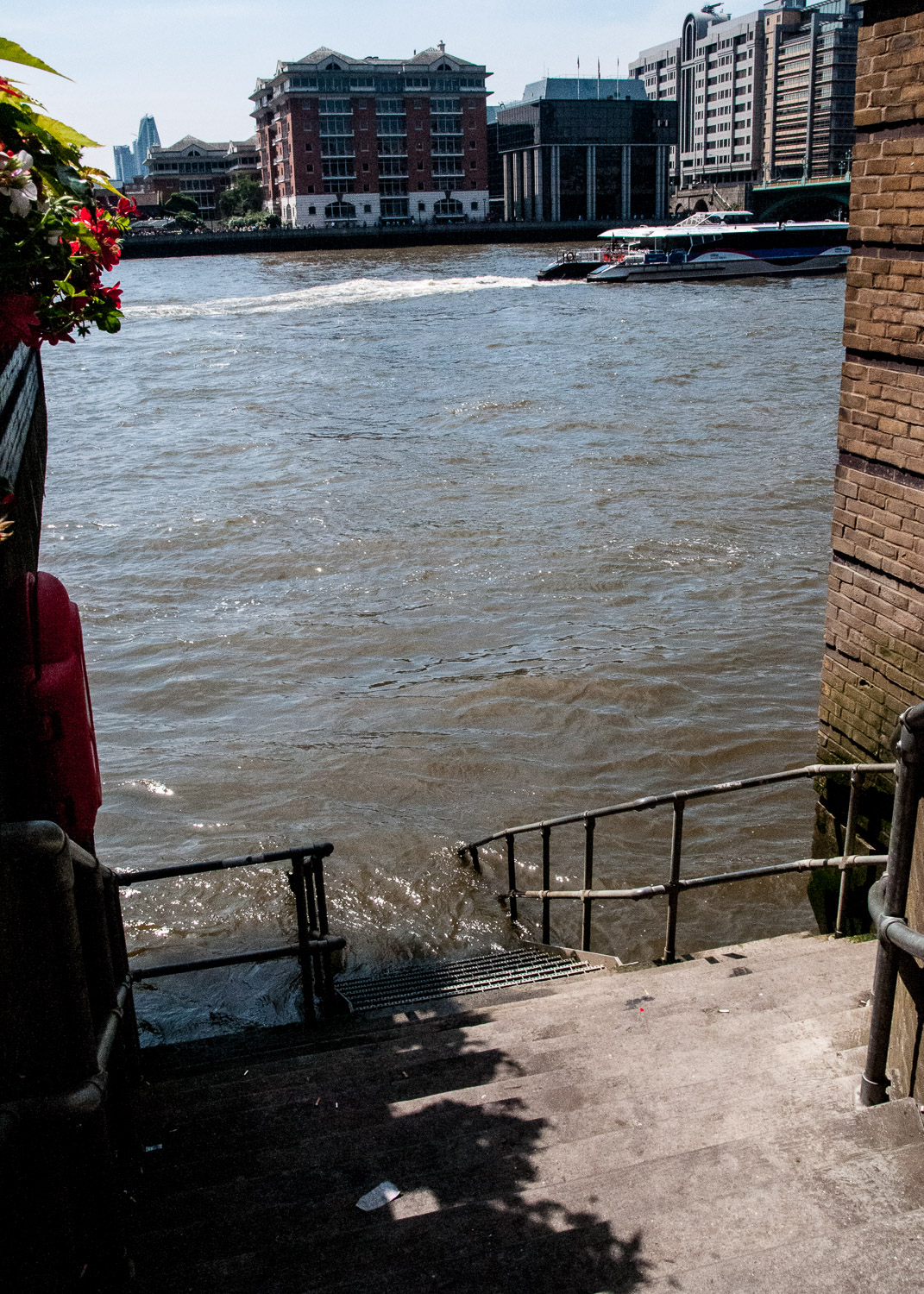
You are standing above the old Walbrook River which entered the Thames at approximately this point. Now totally covered over, it was once quite a torrent. The historian John Stow wrote that it had …
Such a swift course that in the year 1564 a lad of eighteen years, minding to have leapt over the channel, was borne down that narrow stream towards the Thames with such violent swiftness as no man could rescue or stay him.
If you turn round now and walk up Cousin Lane you follow the course of the old Walbrook. On the north side of Cannon Street it is commemorated in this sculpture entitled Forgotten Streams by the Spanish artist Cristina Iglesias …
